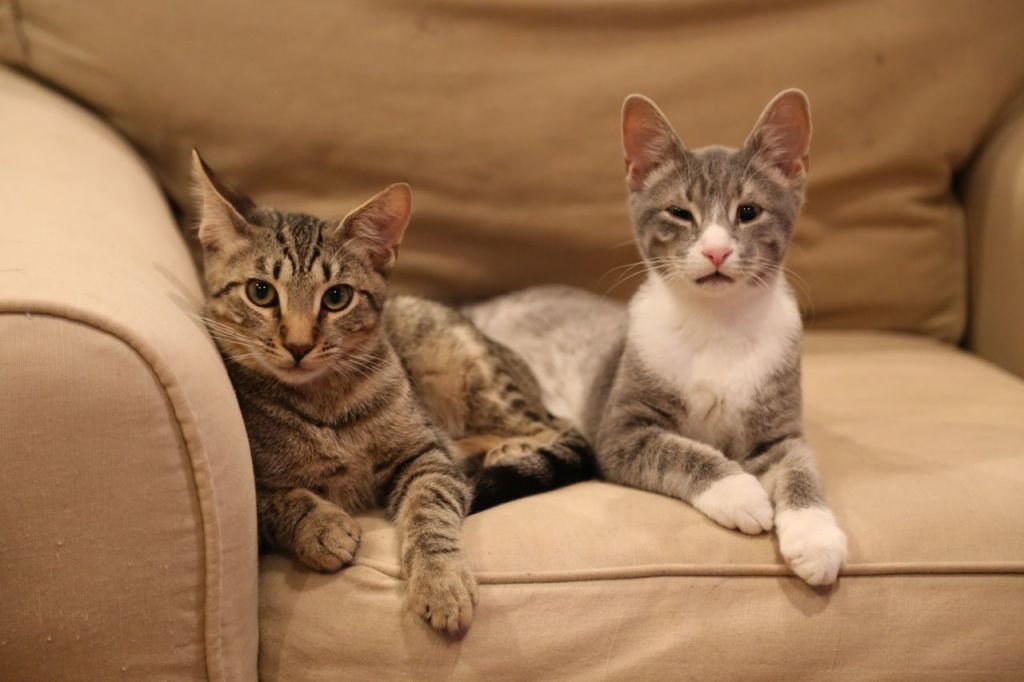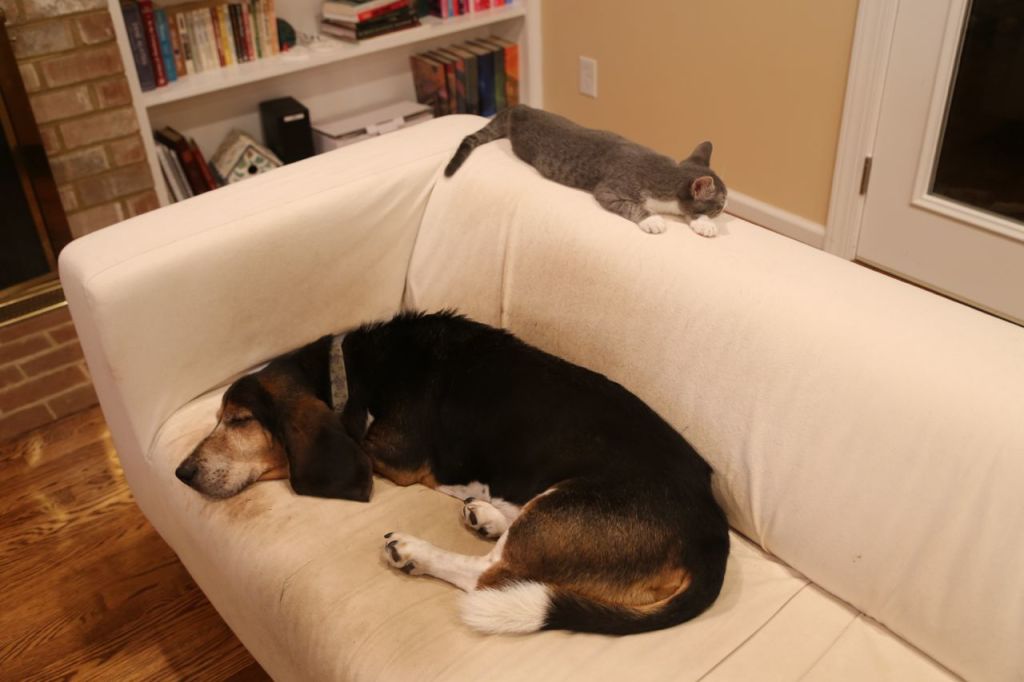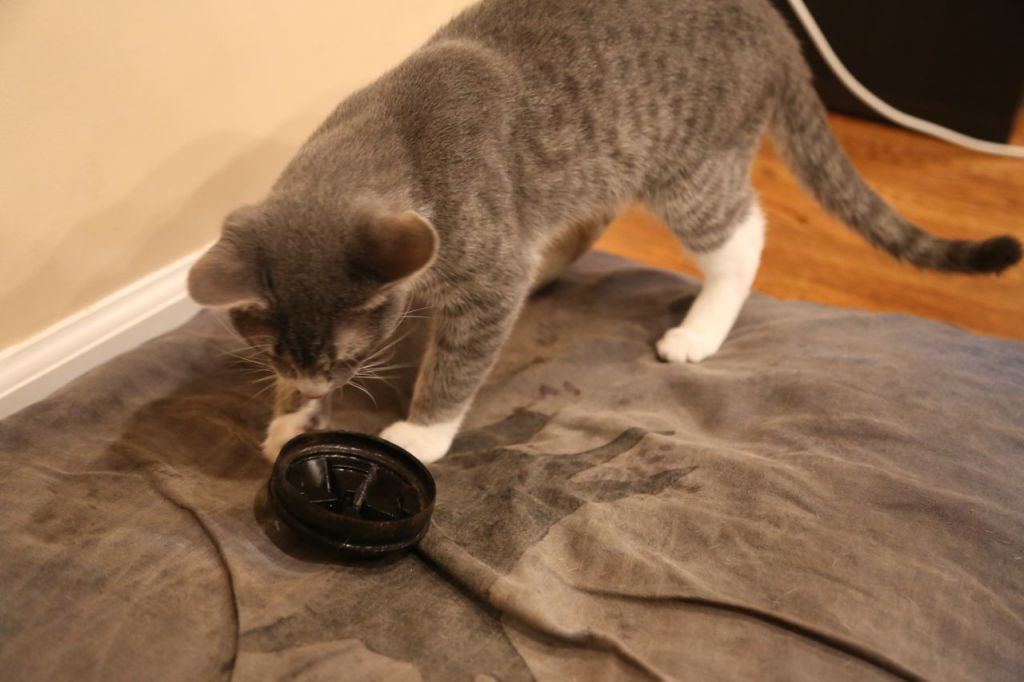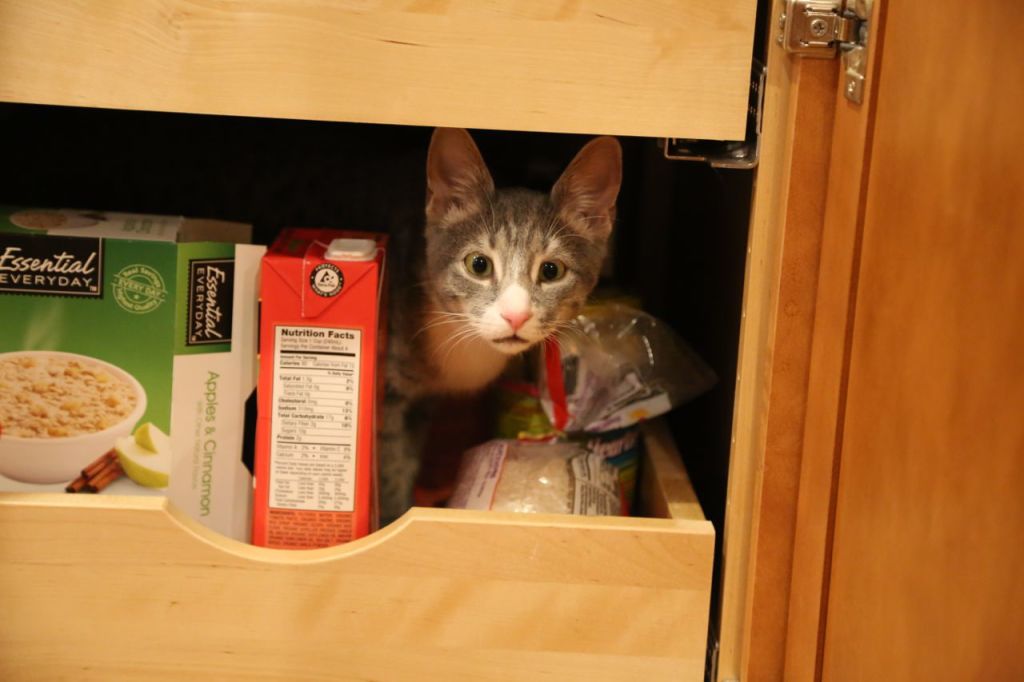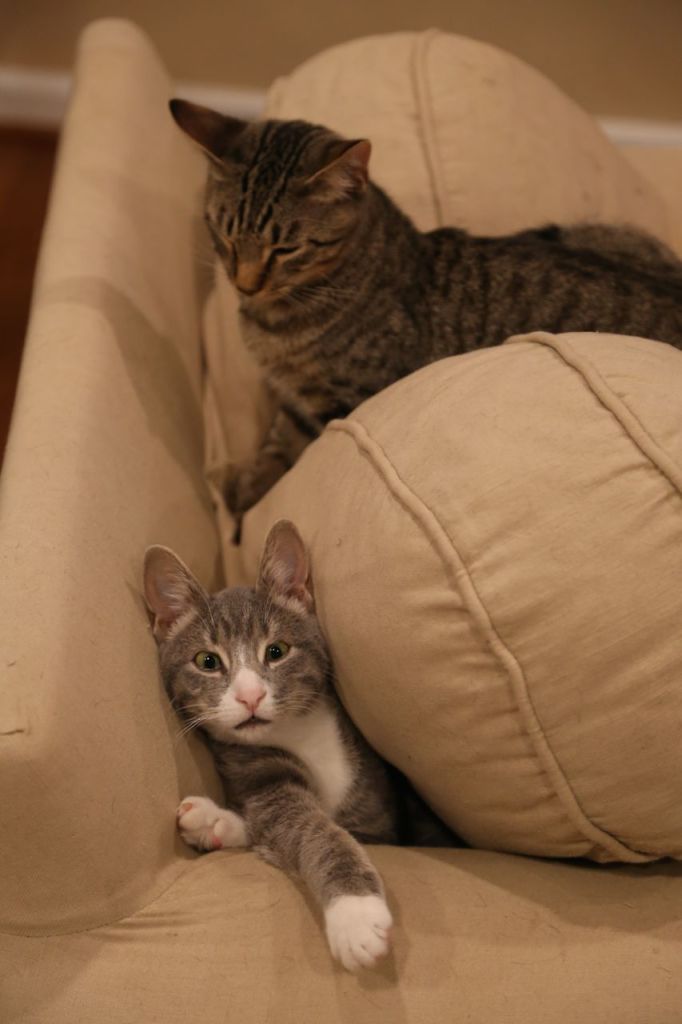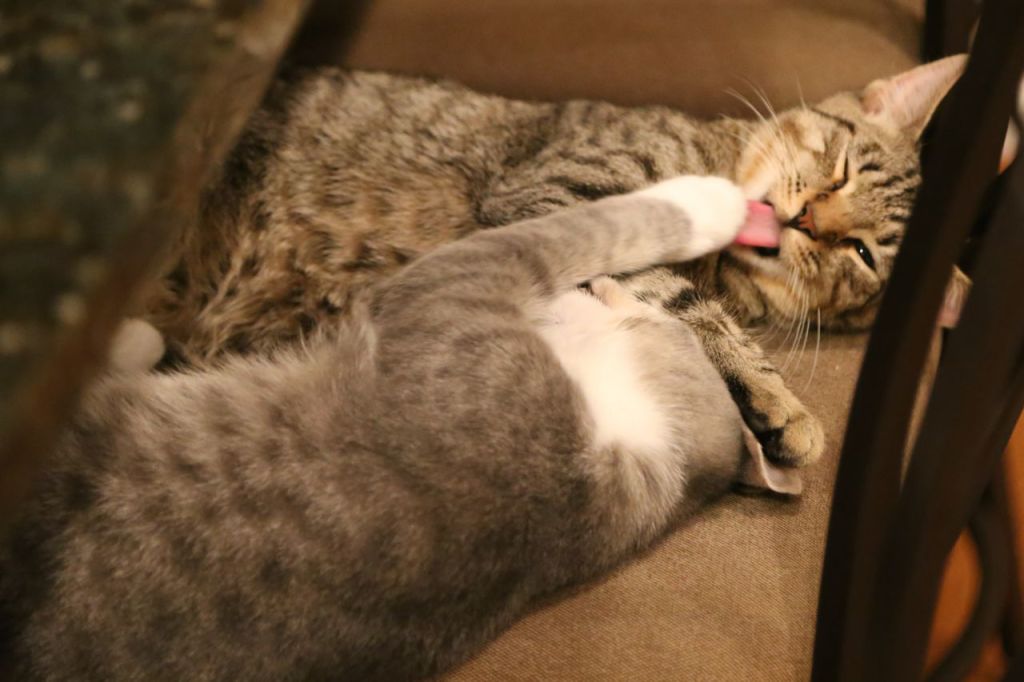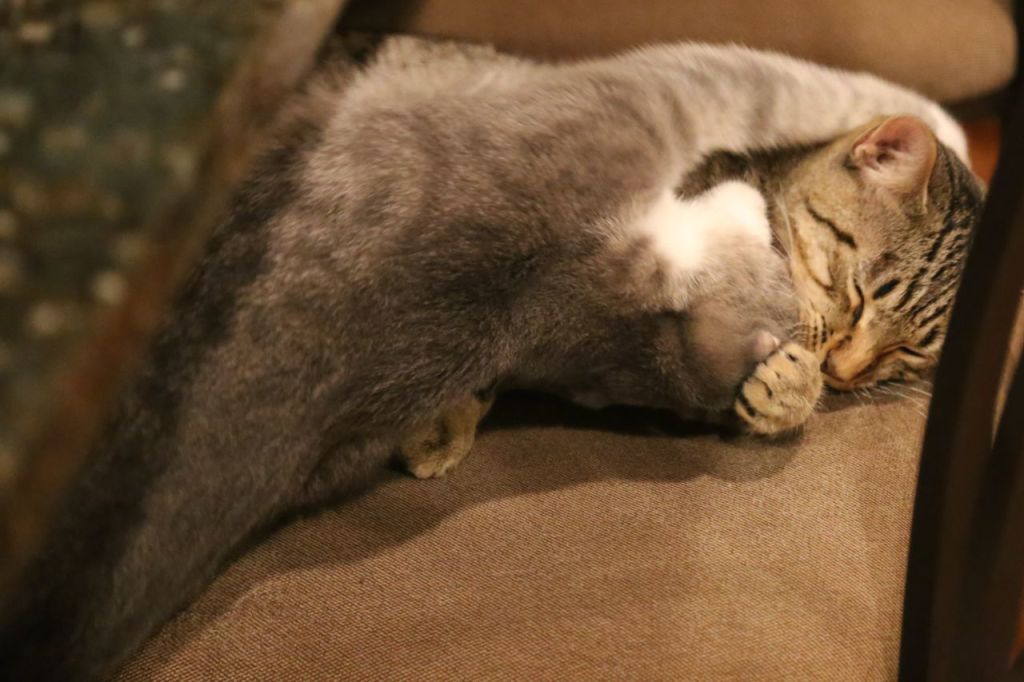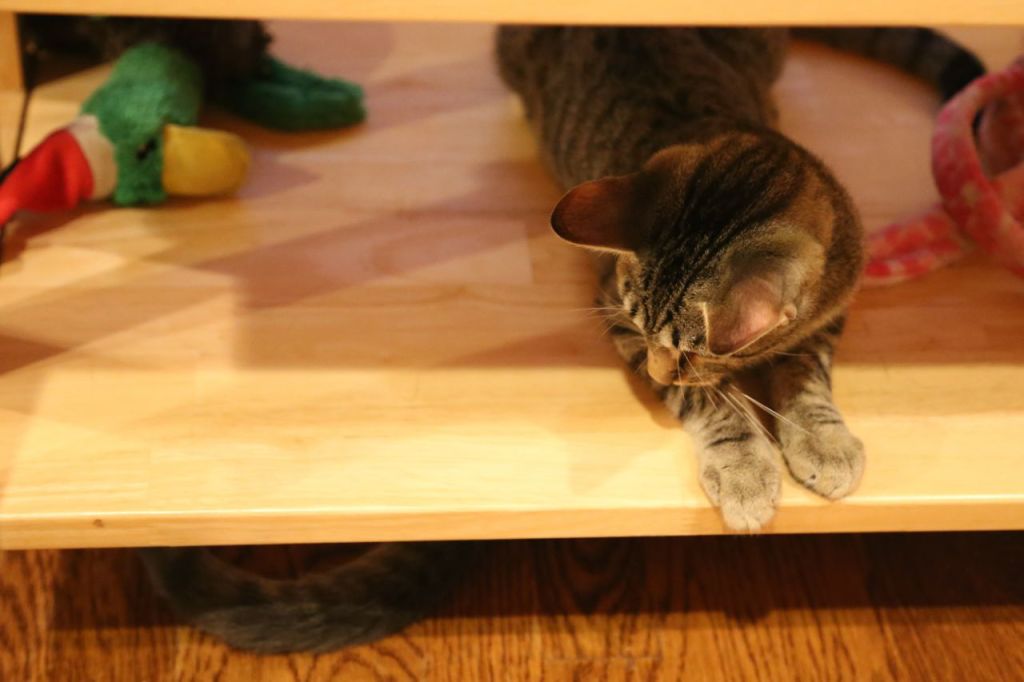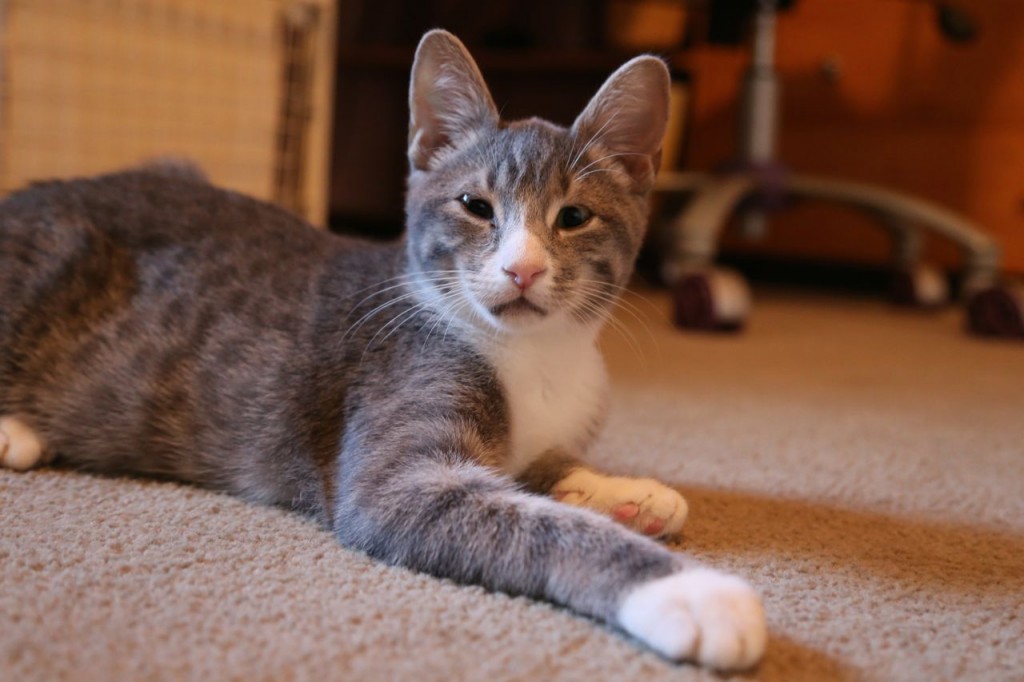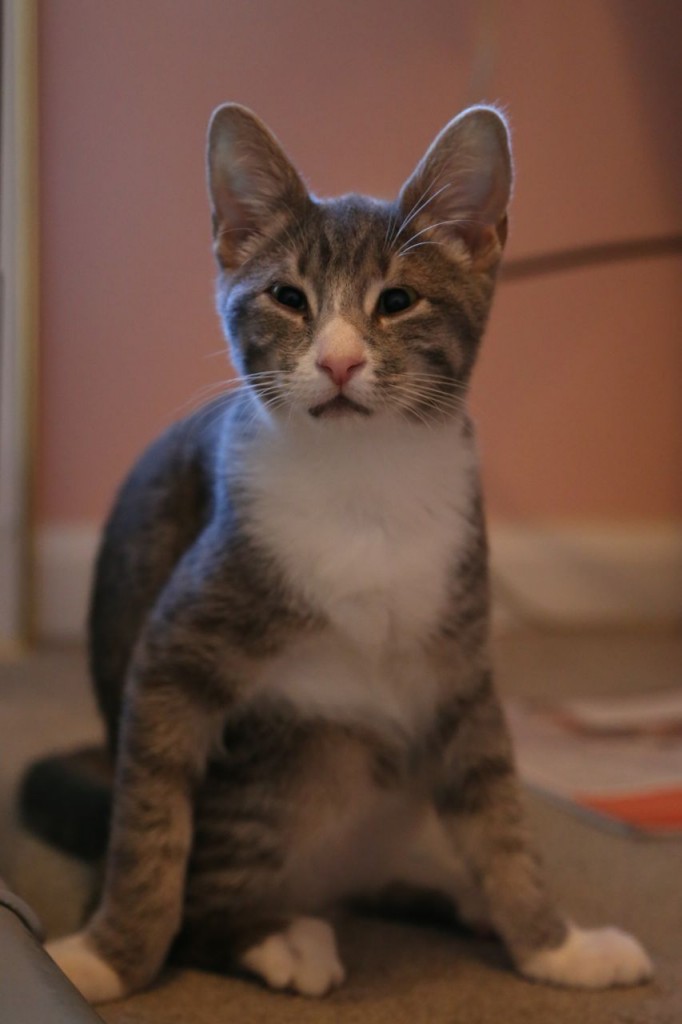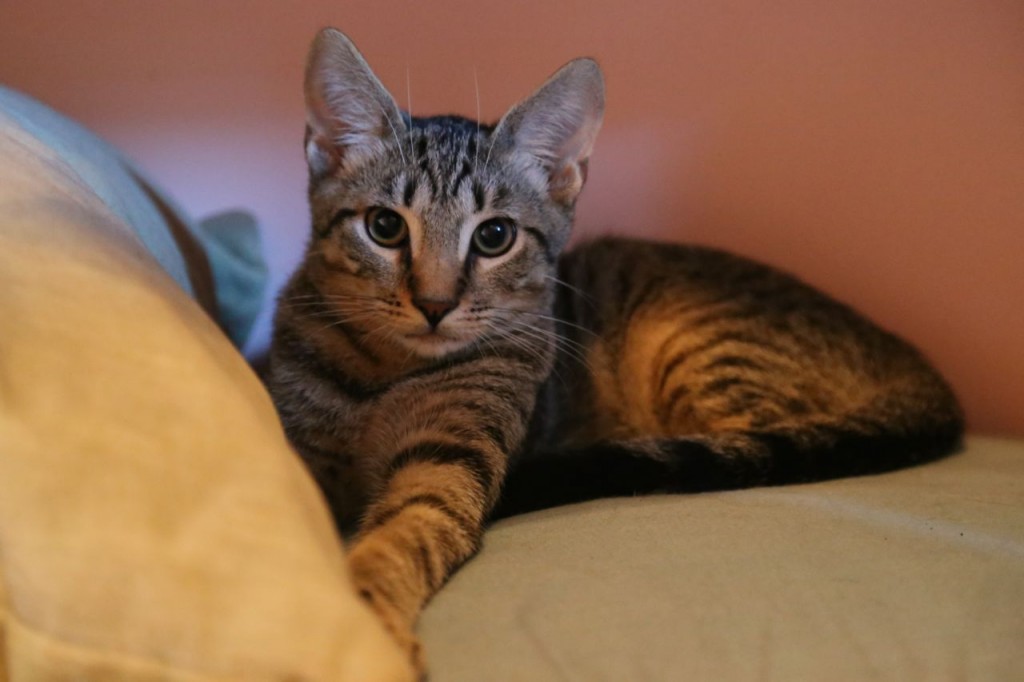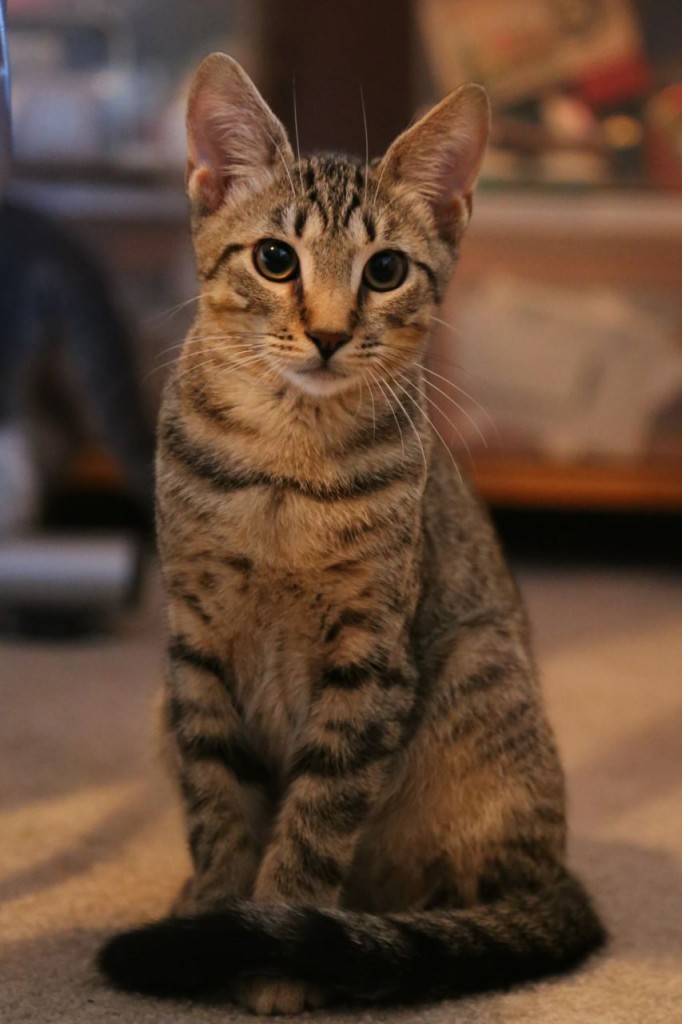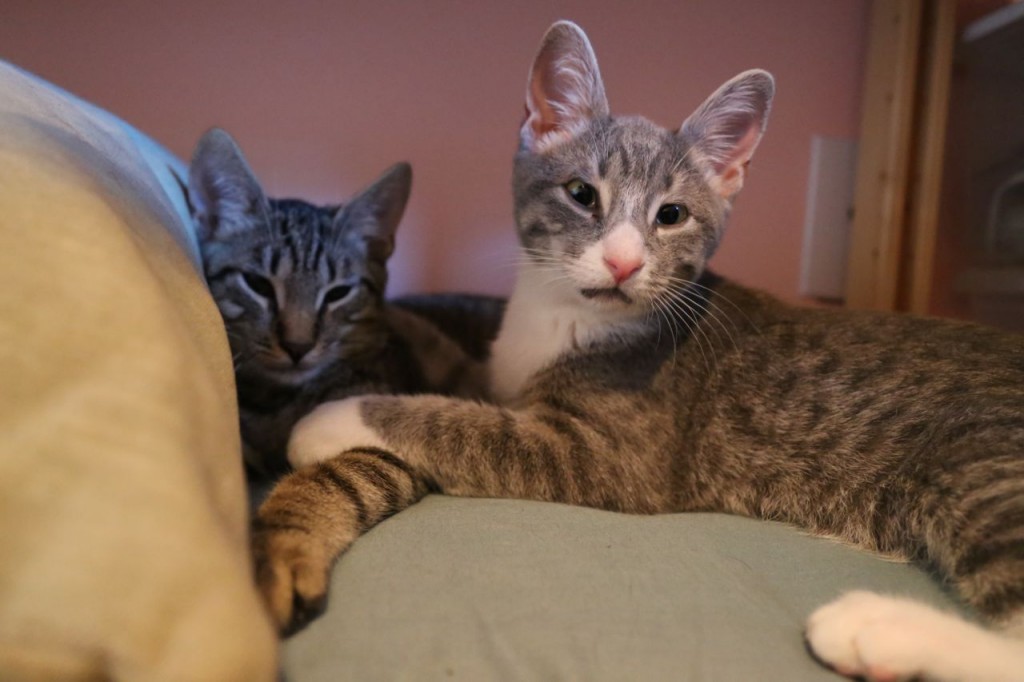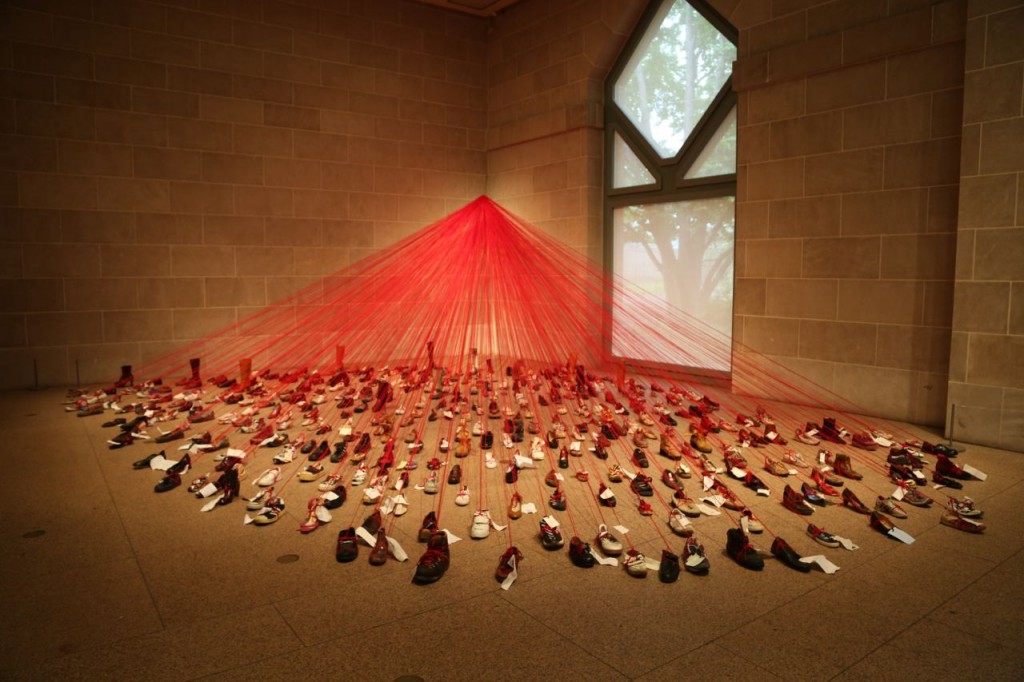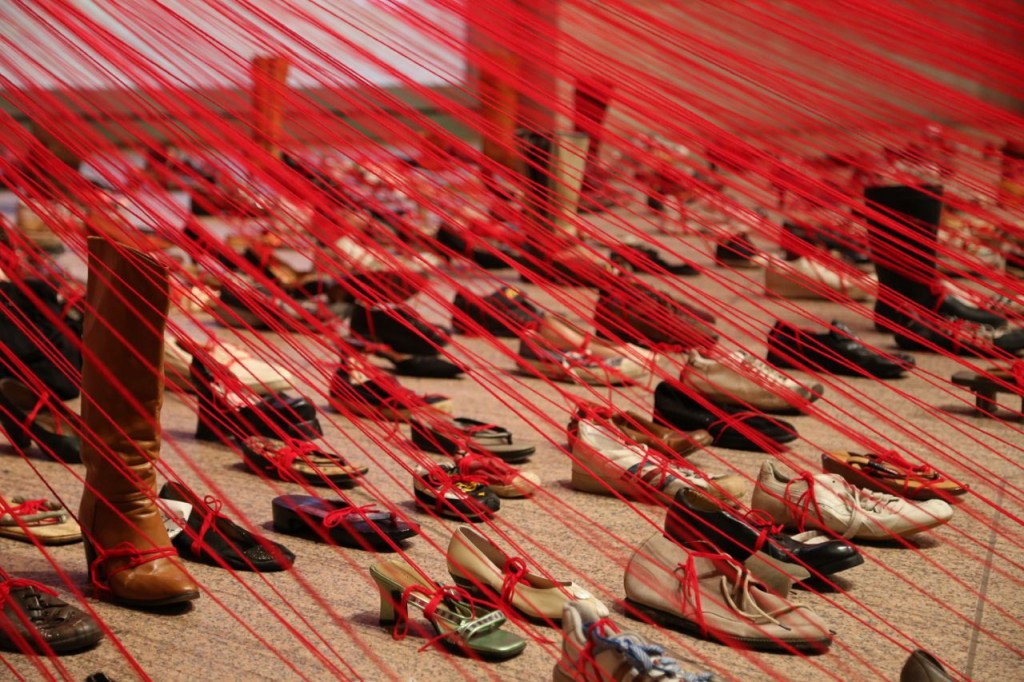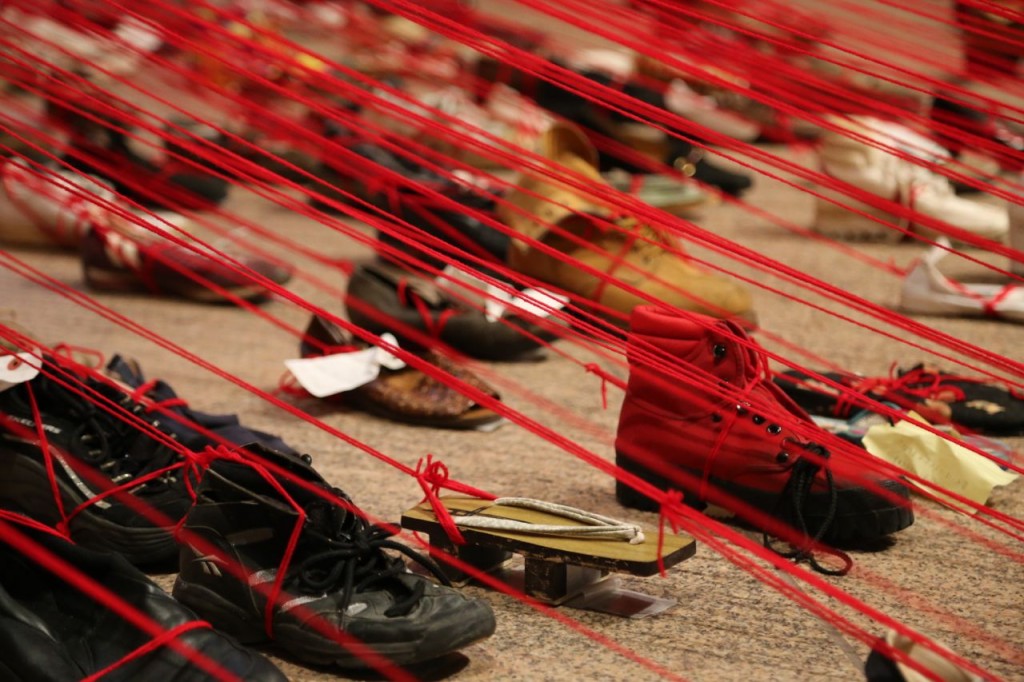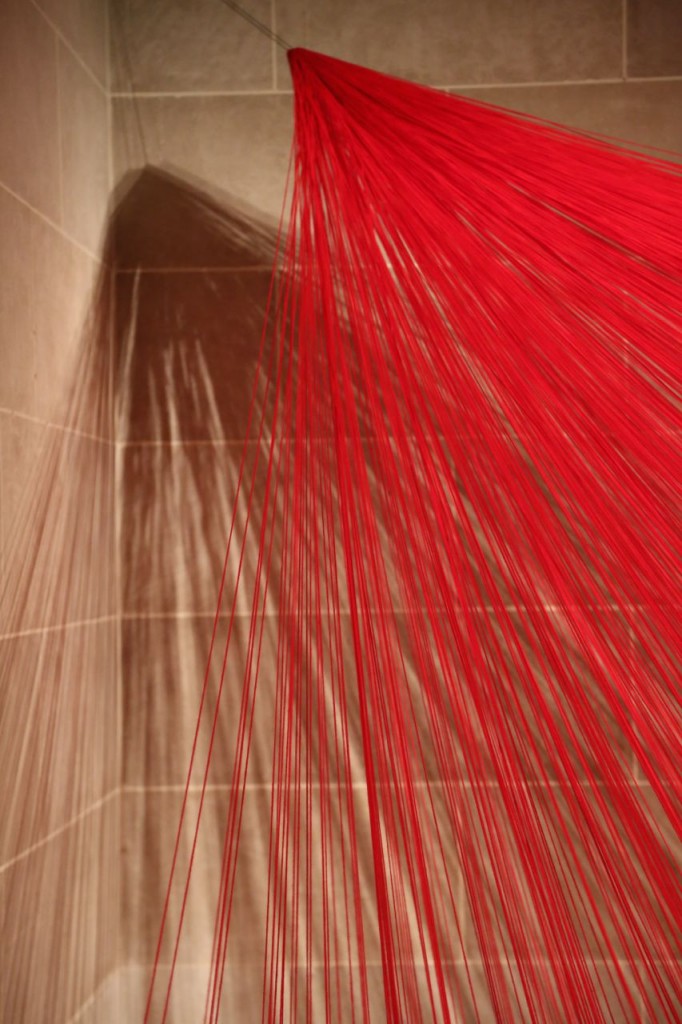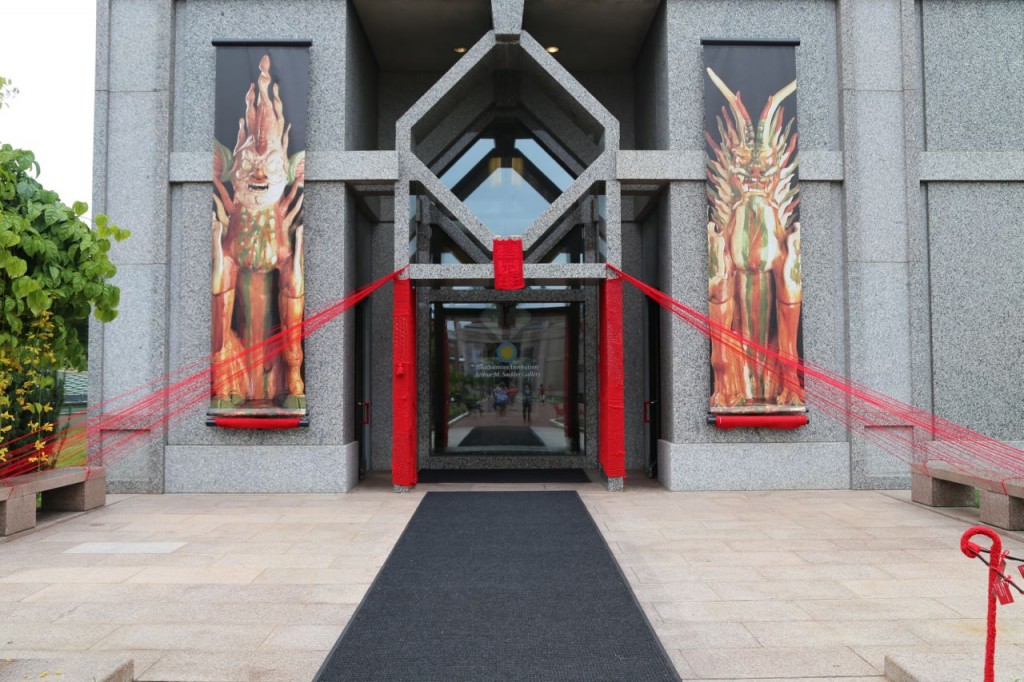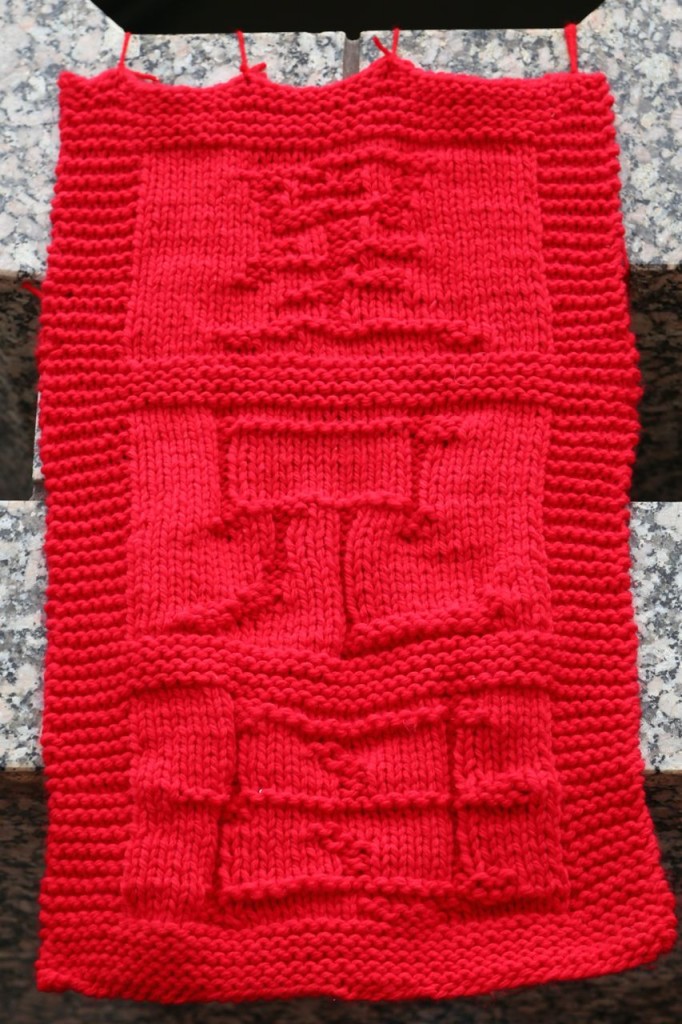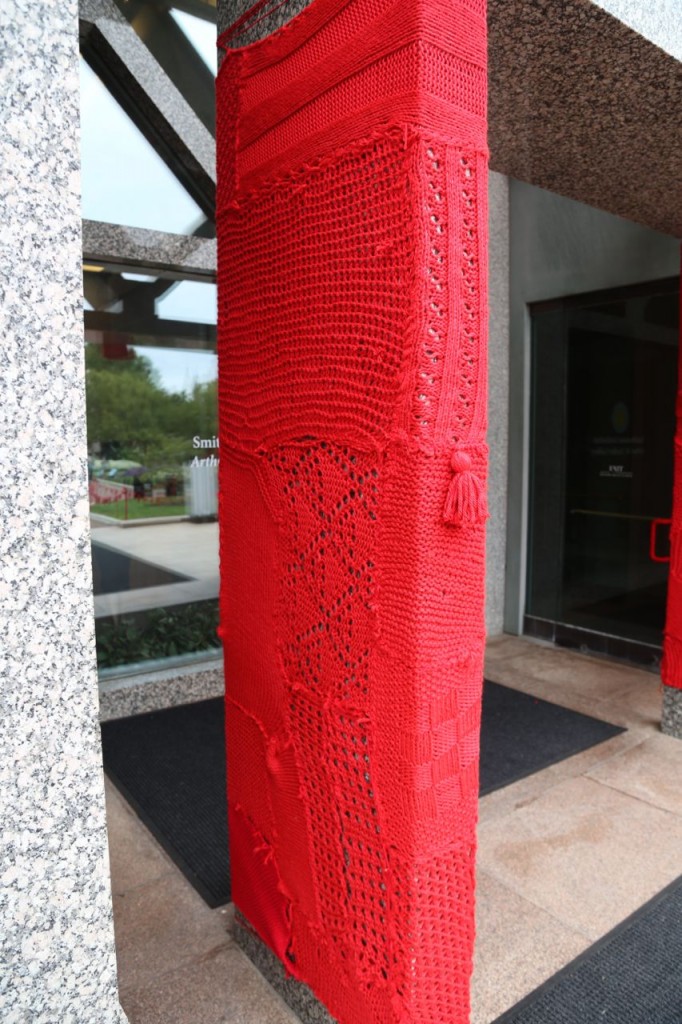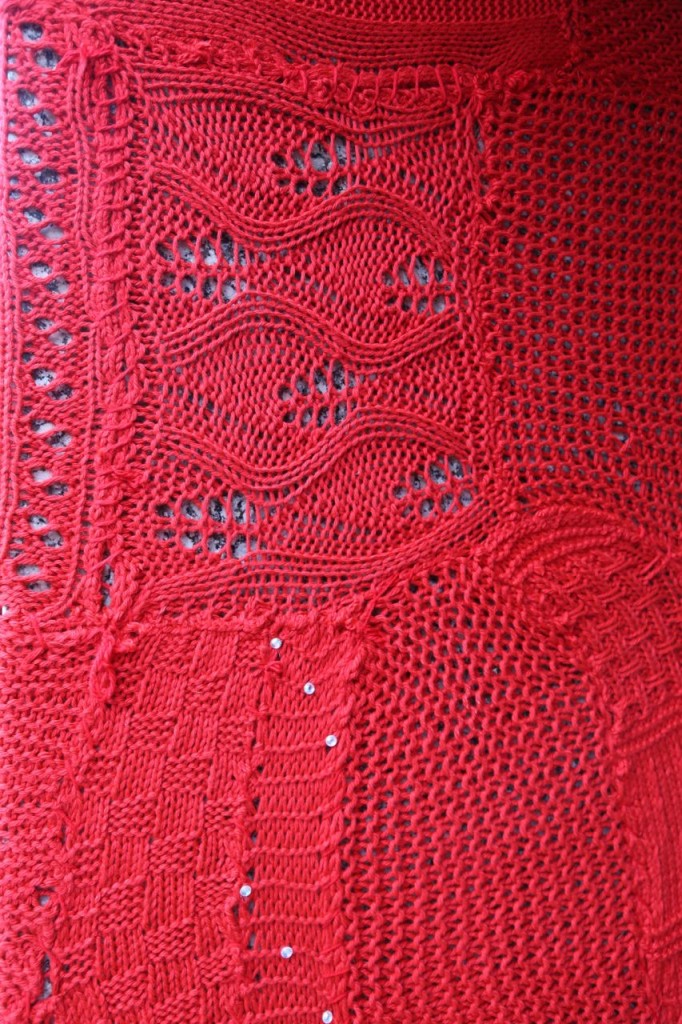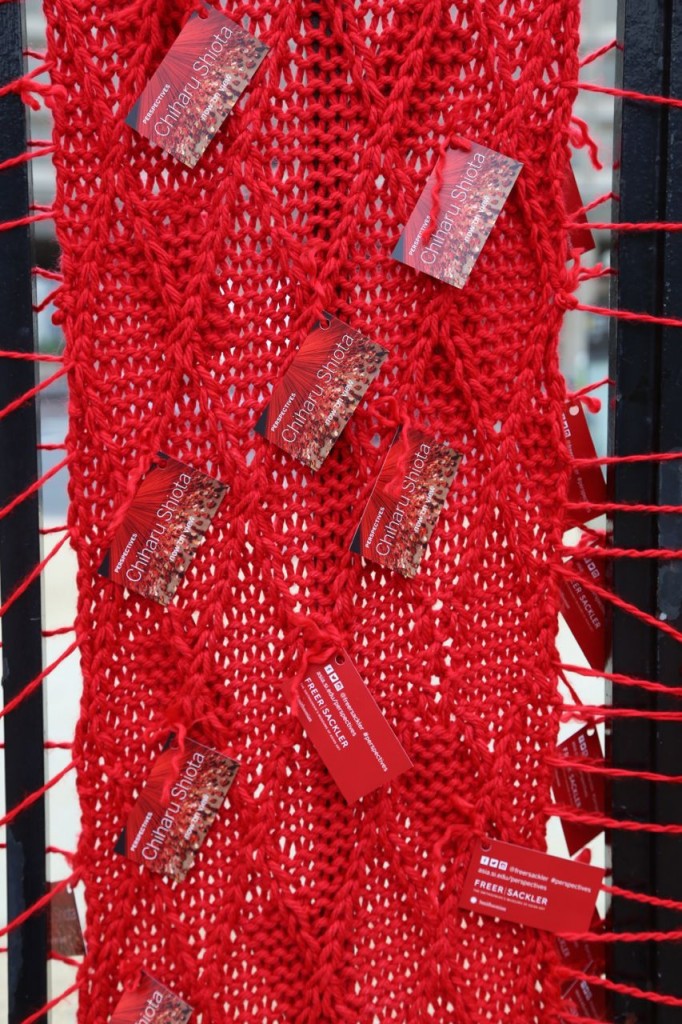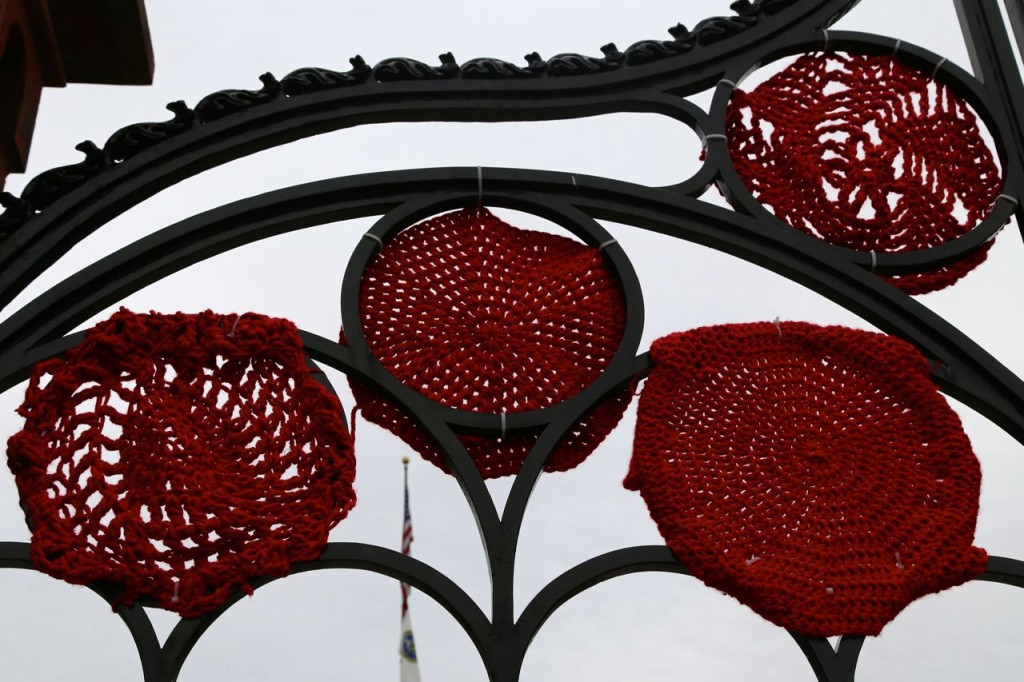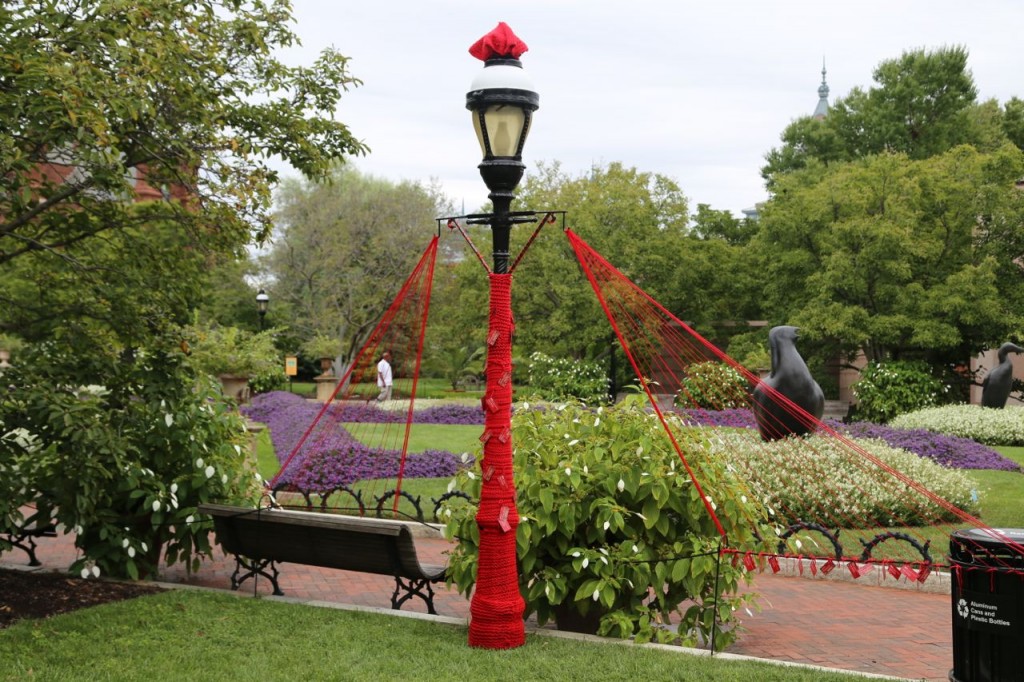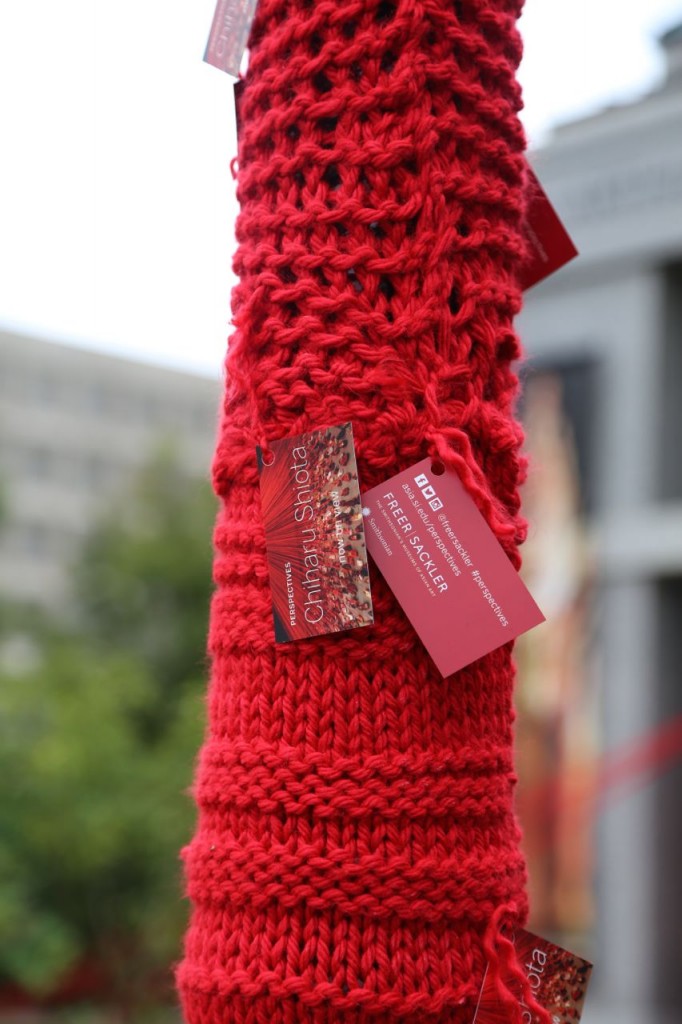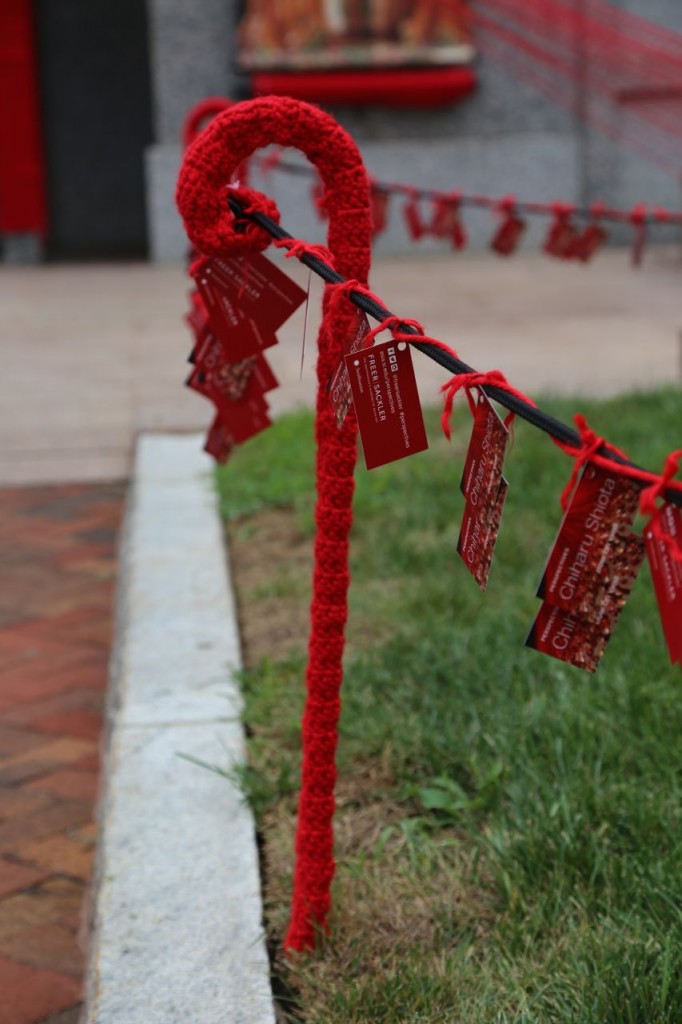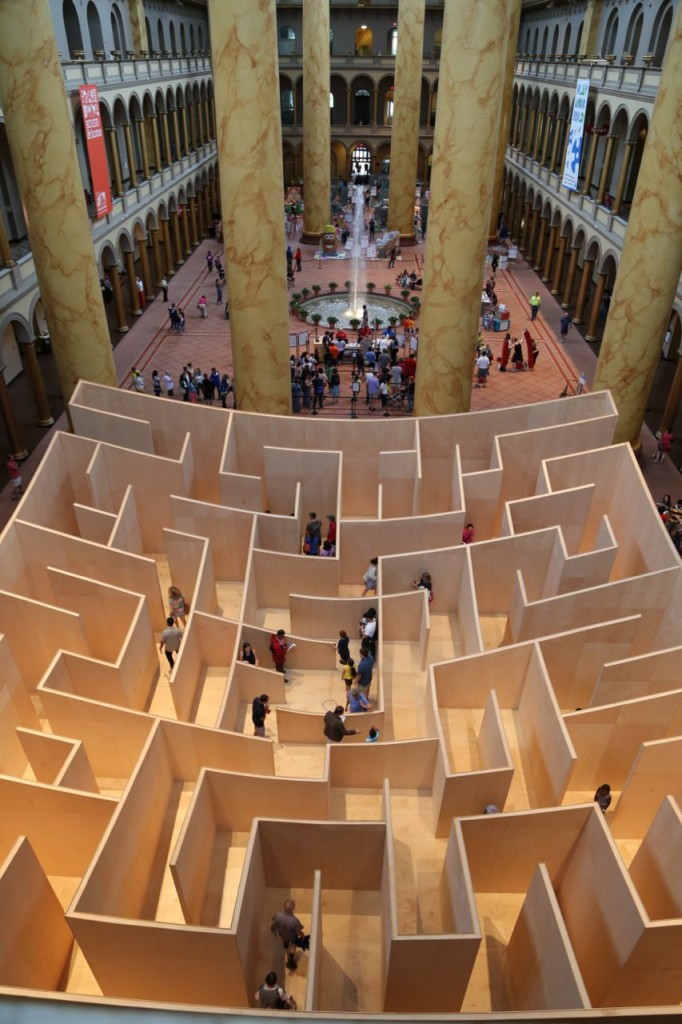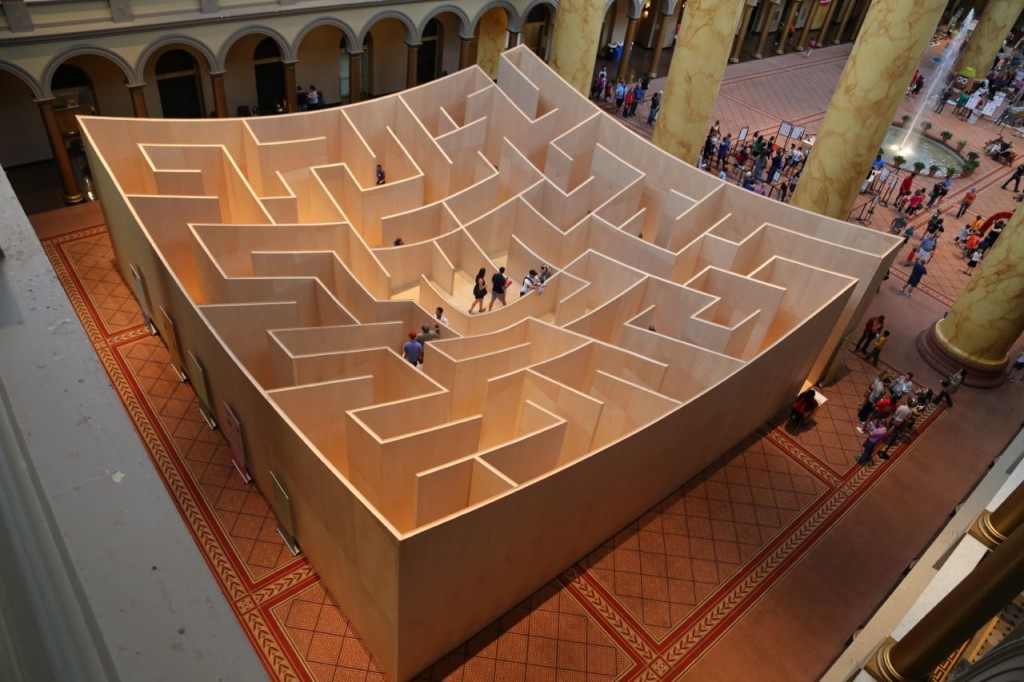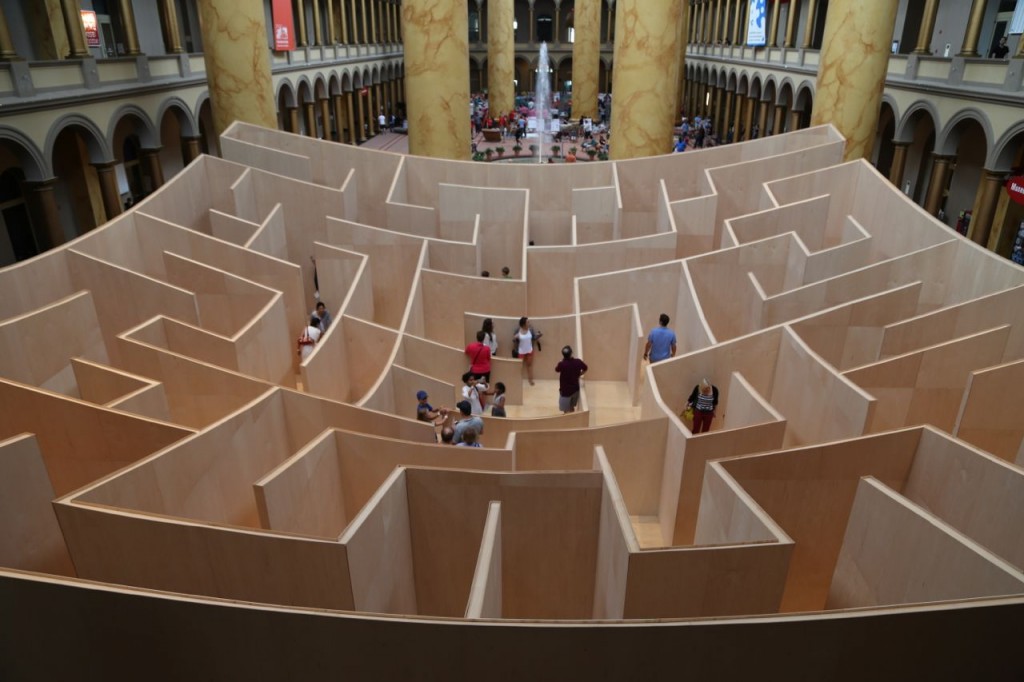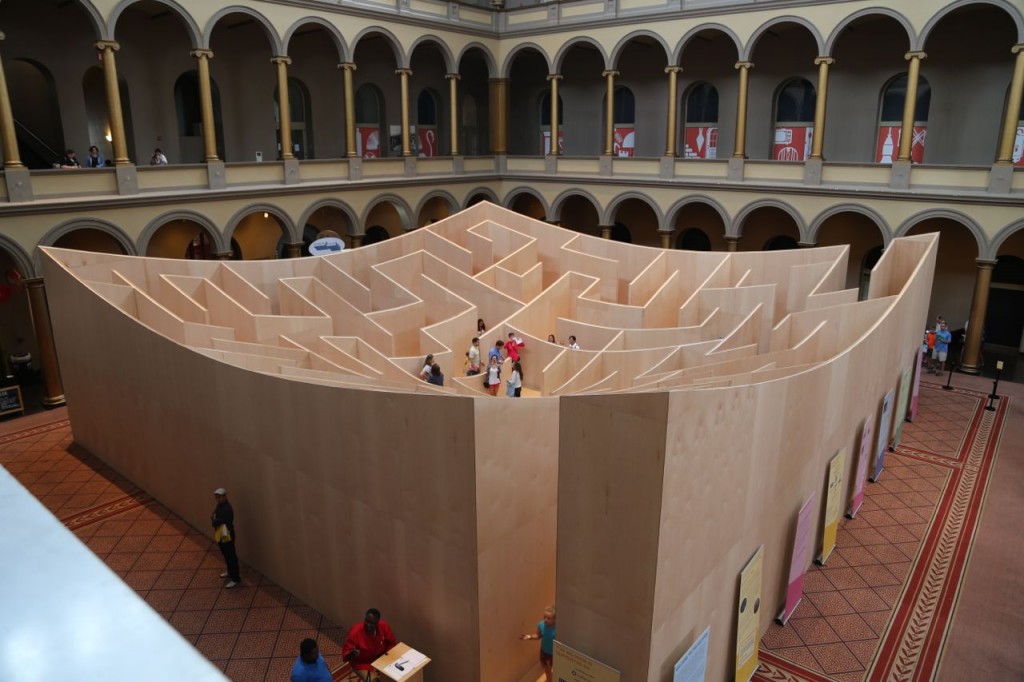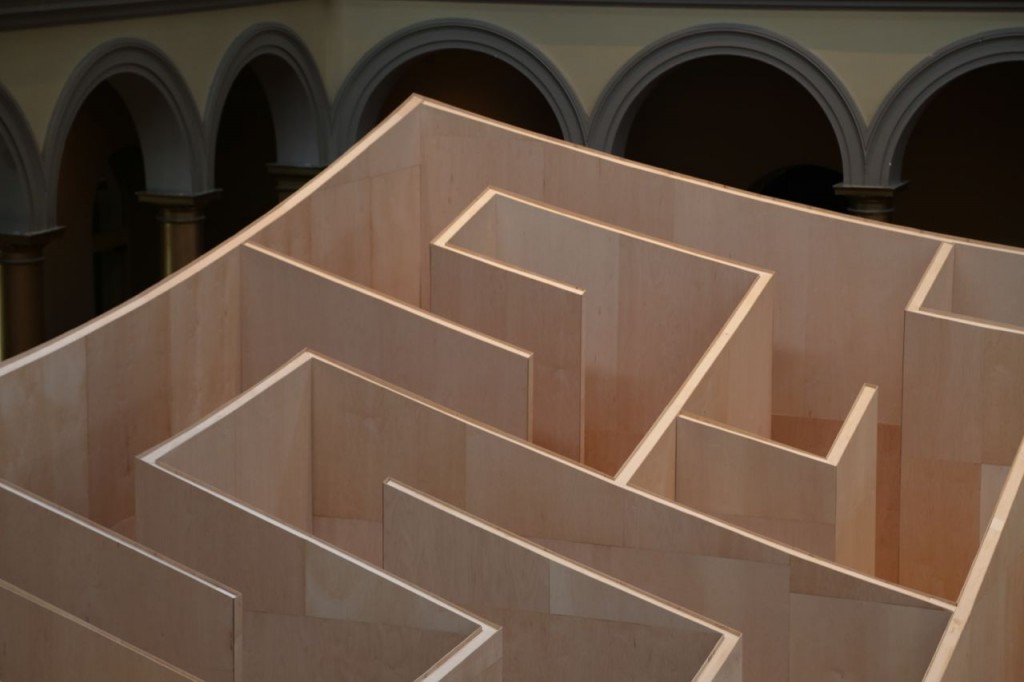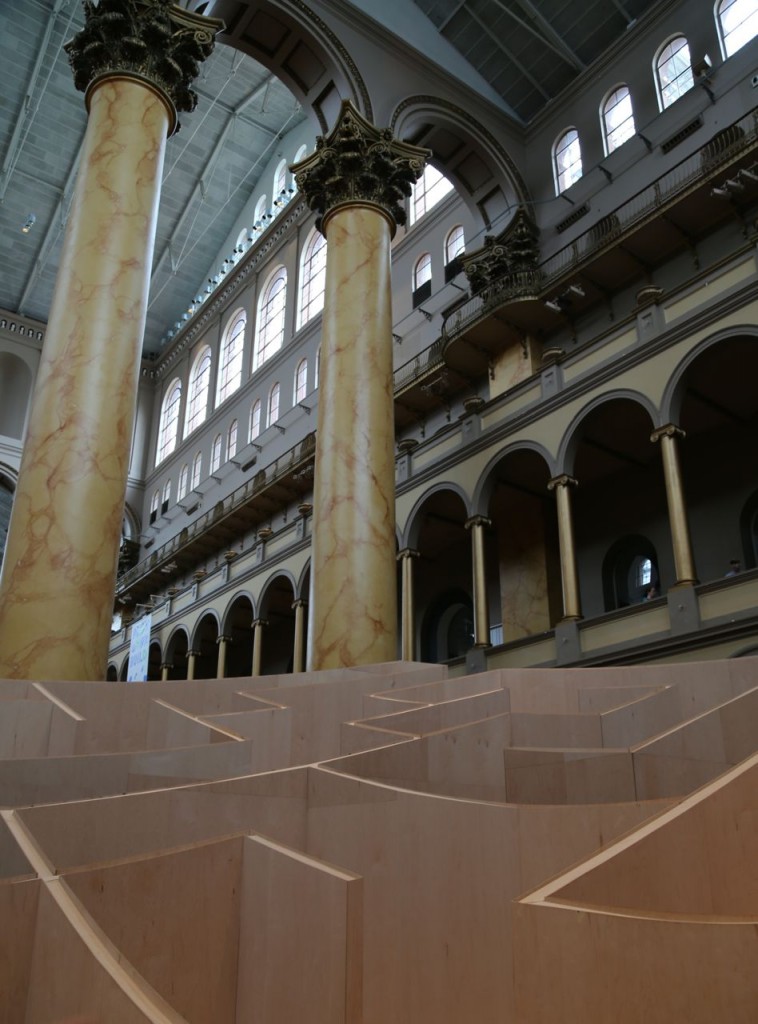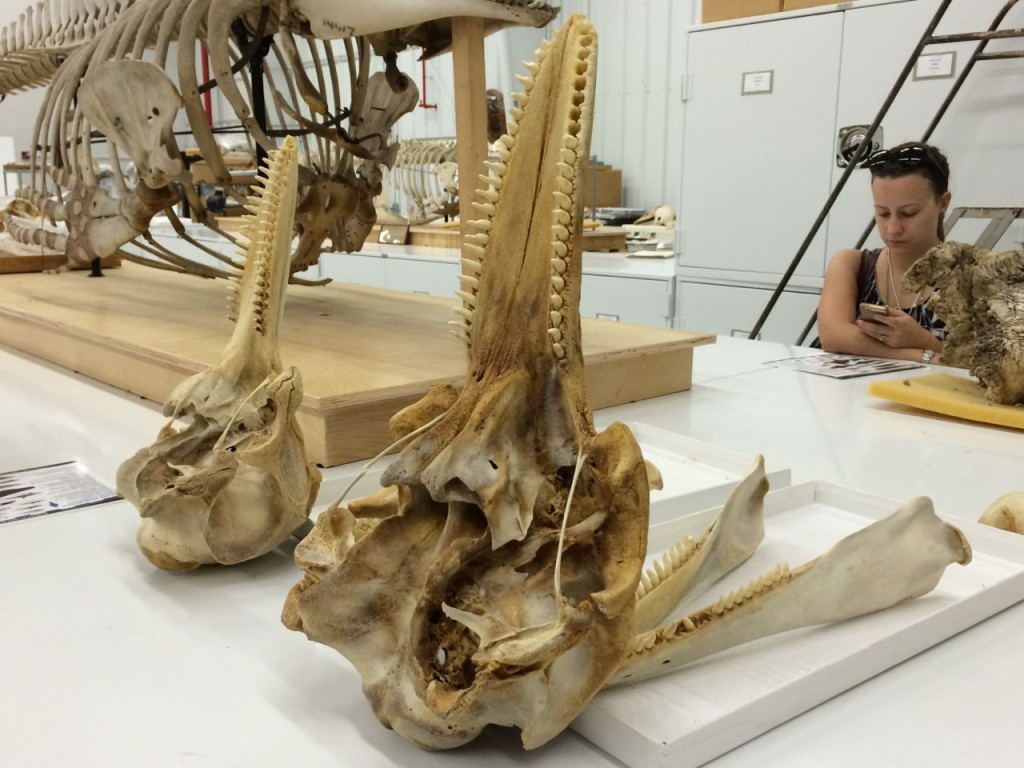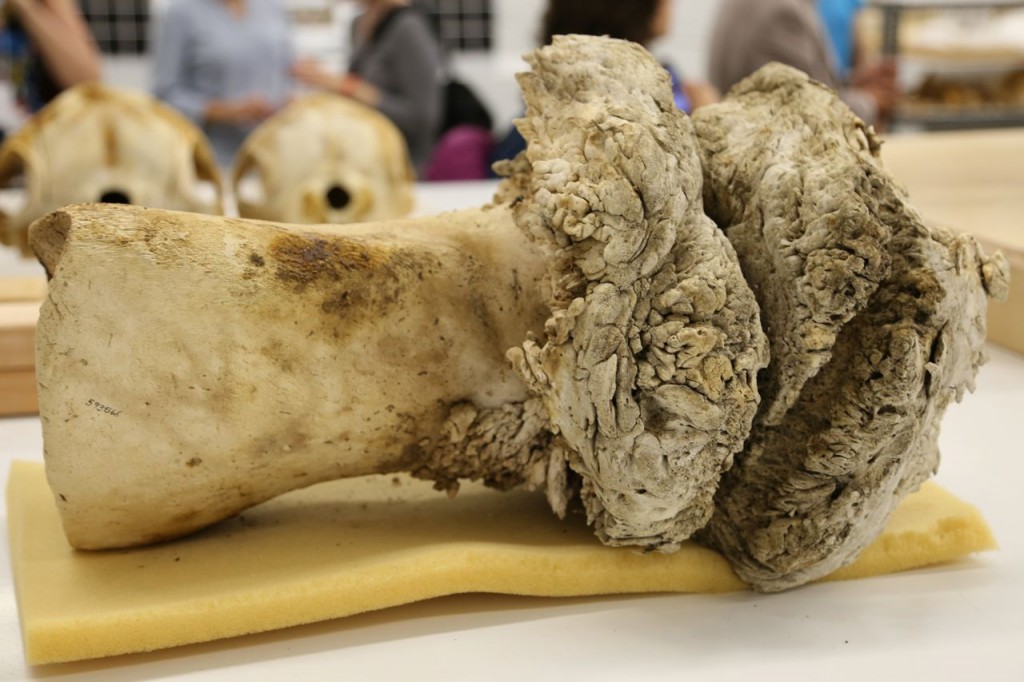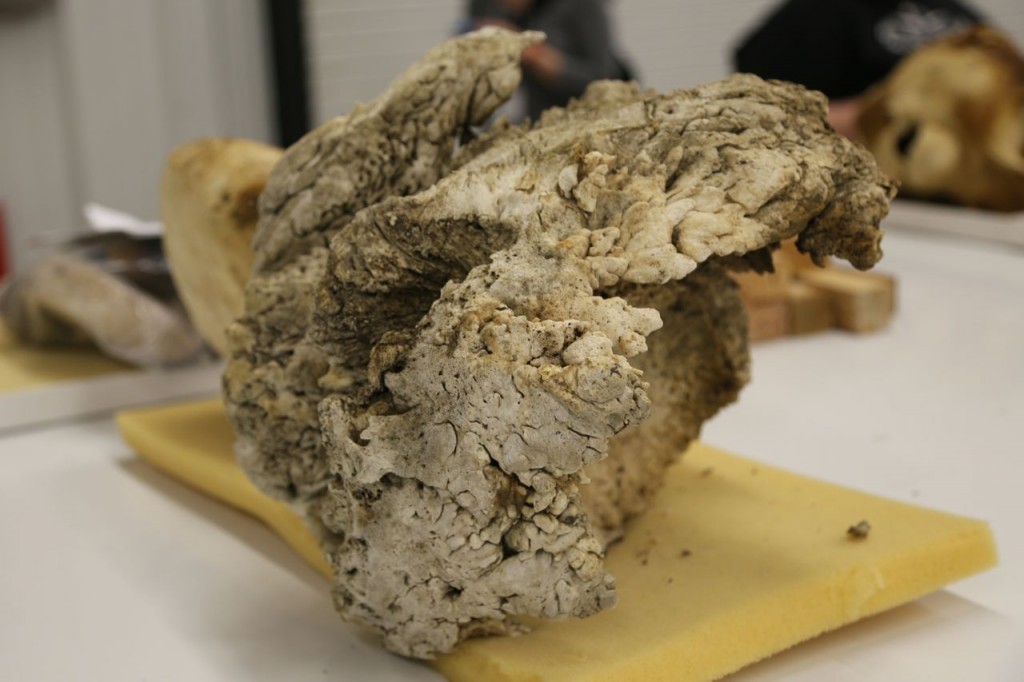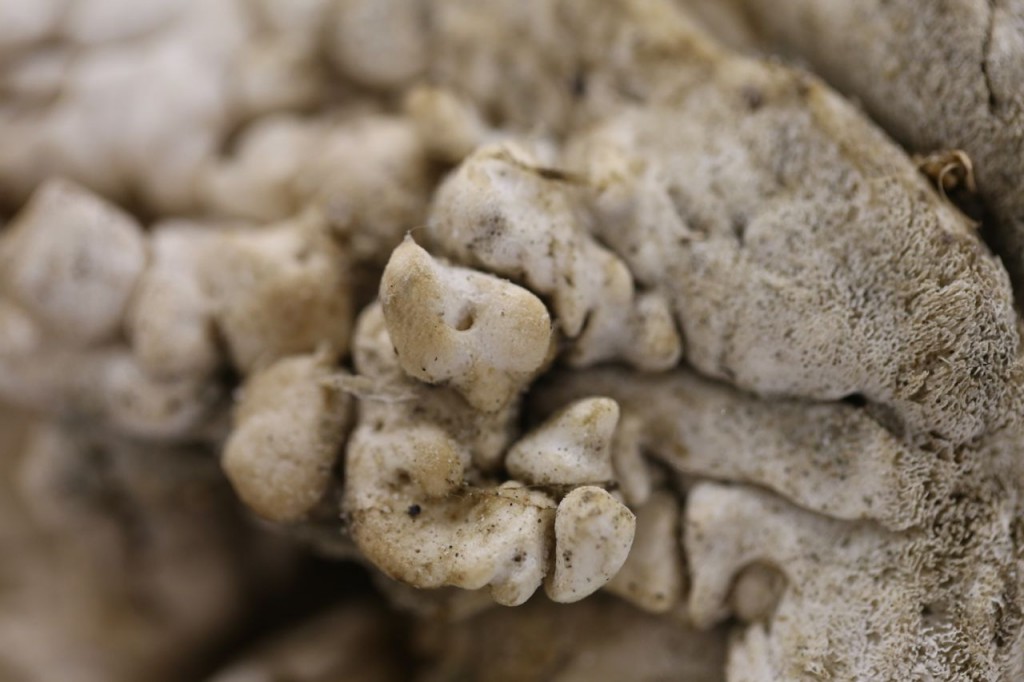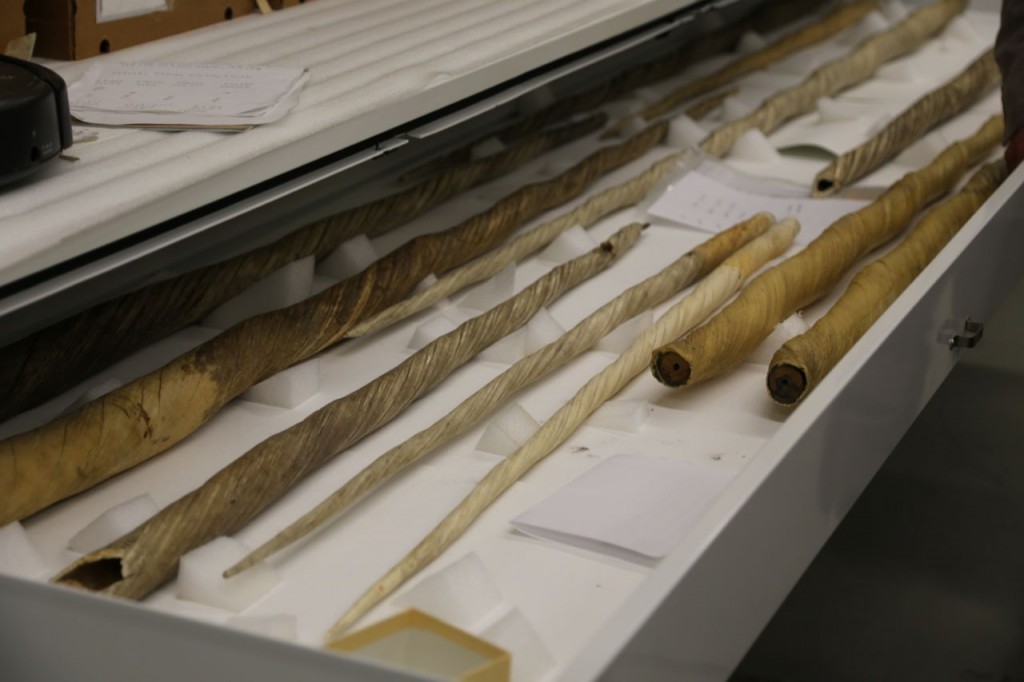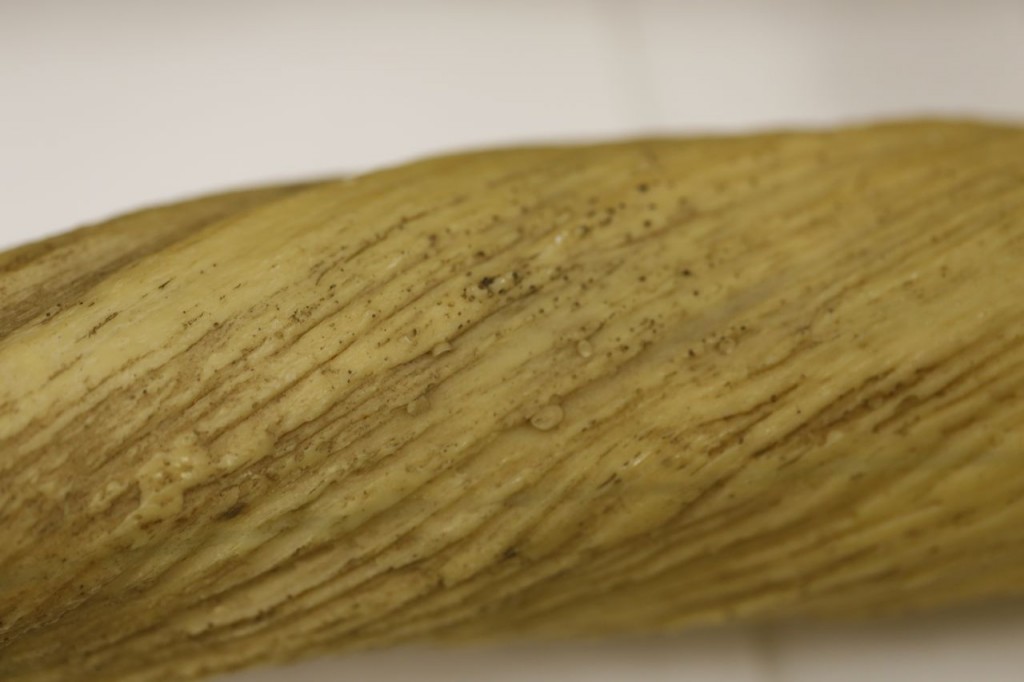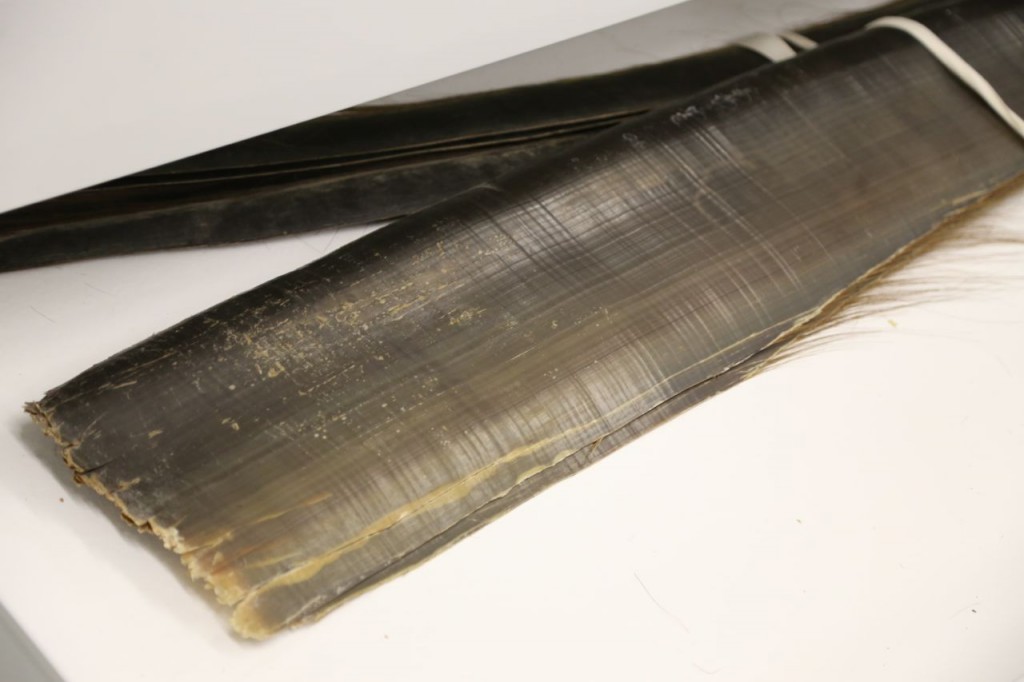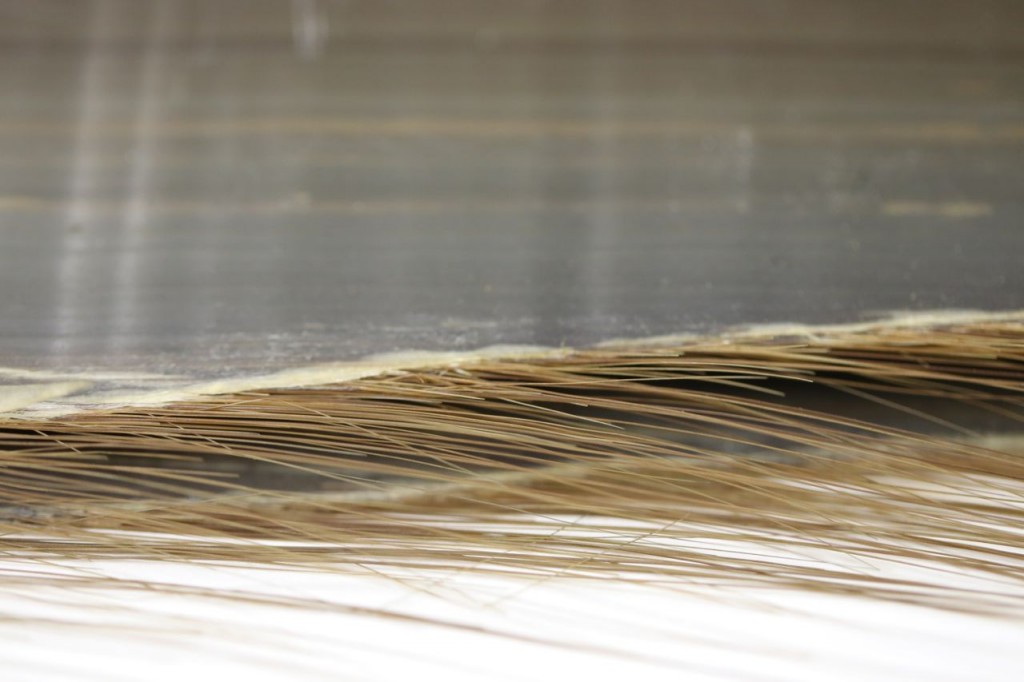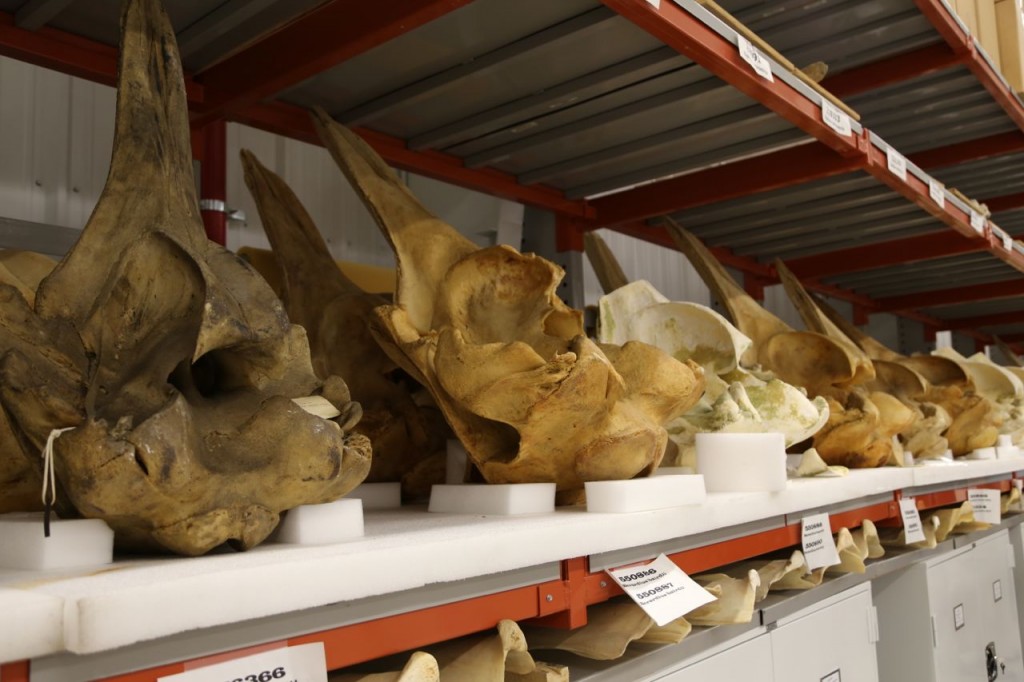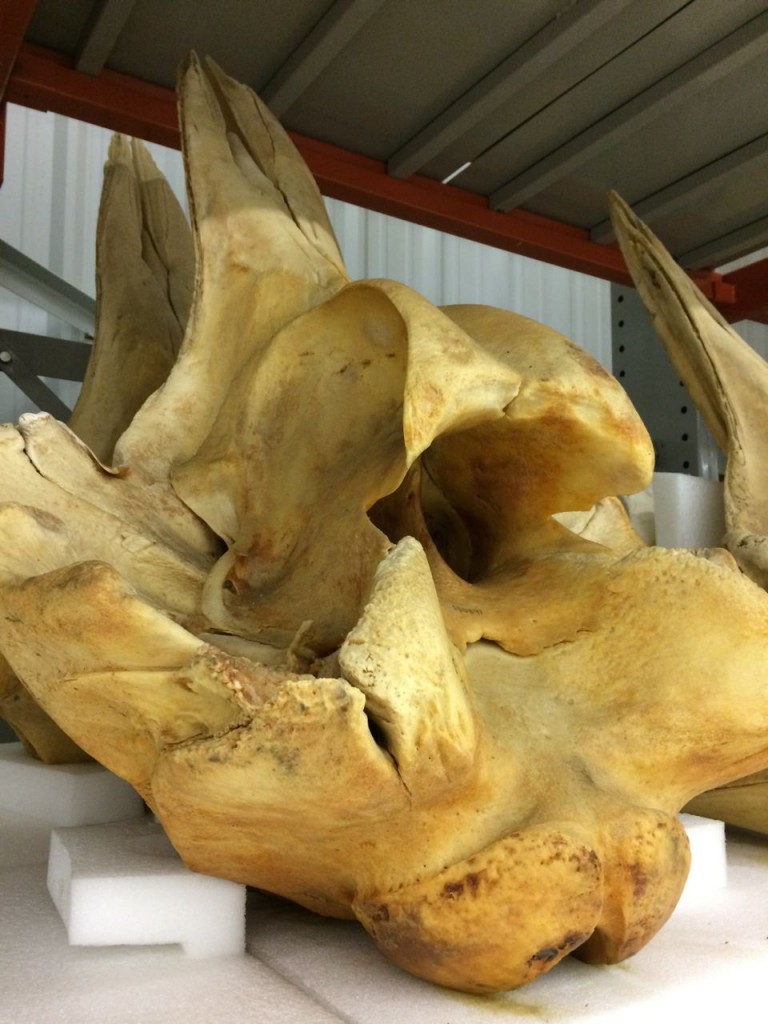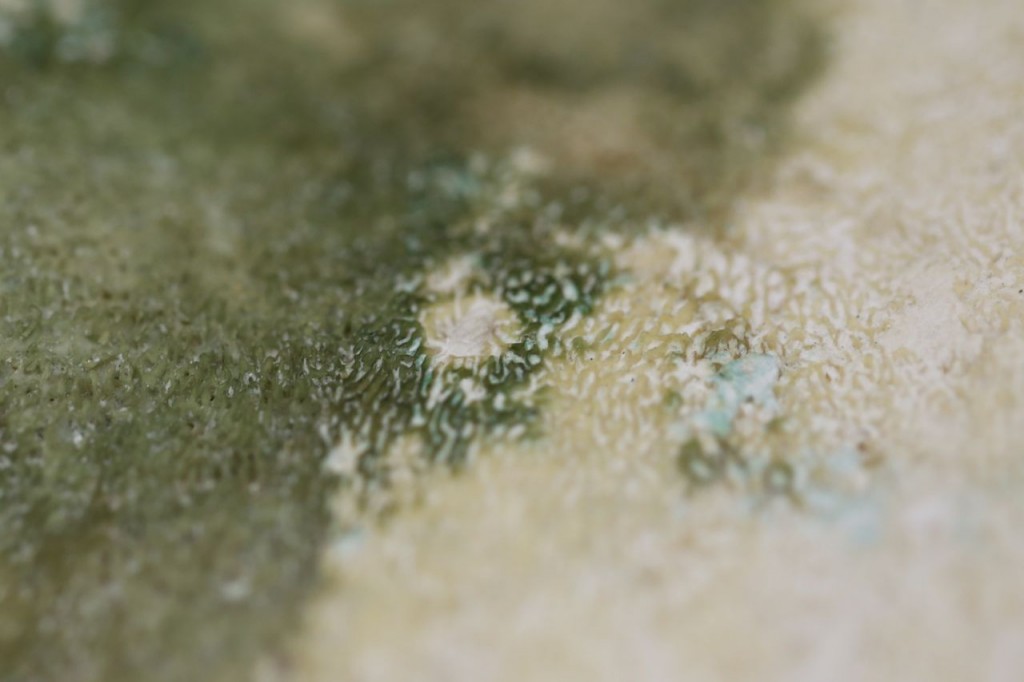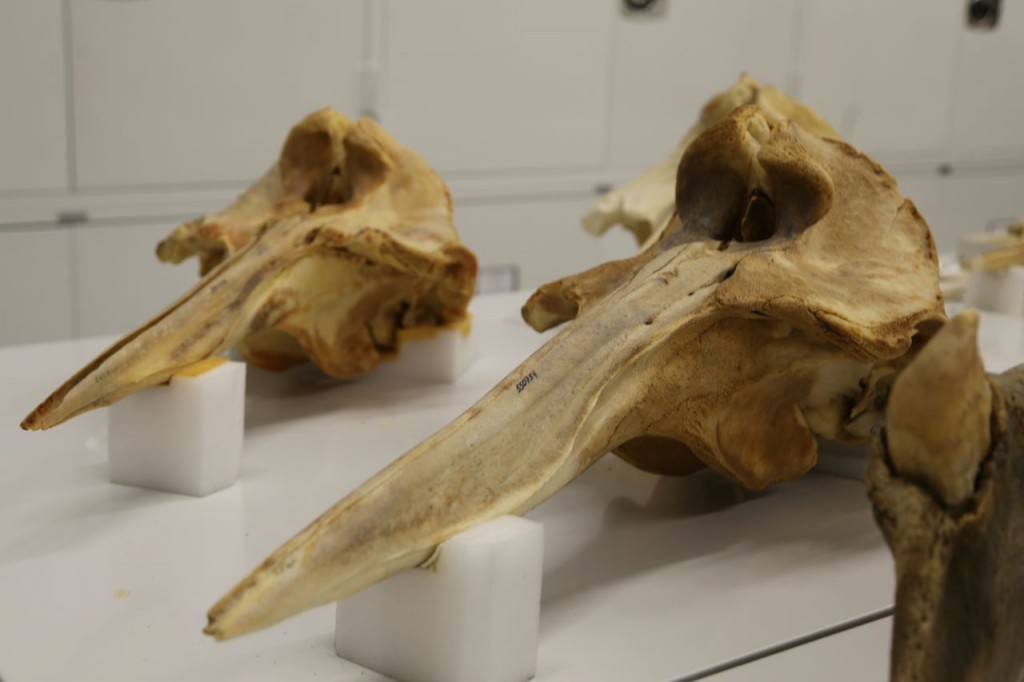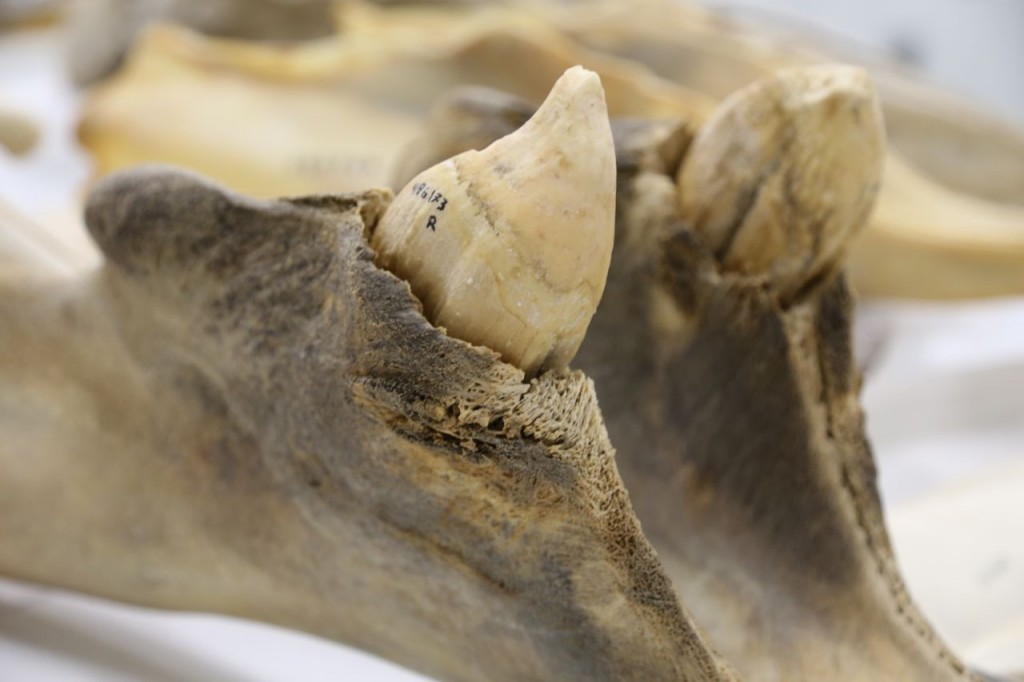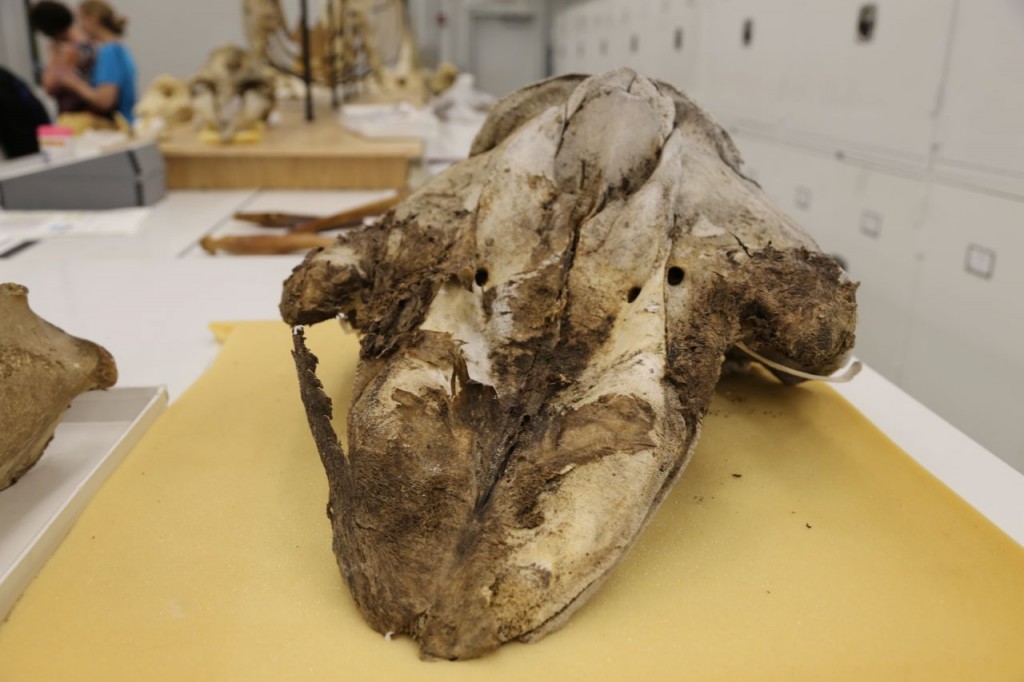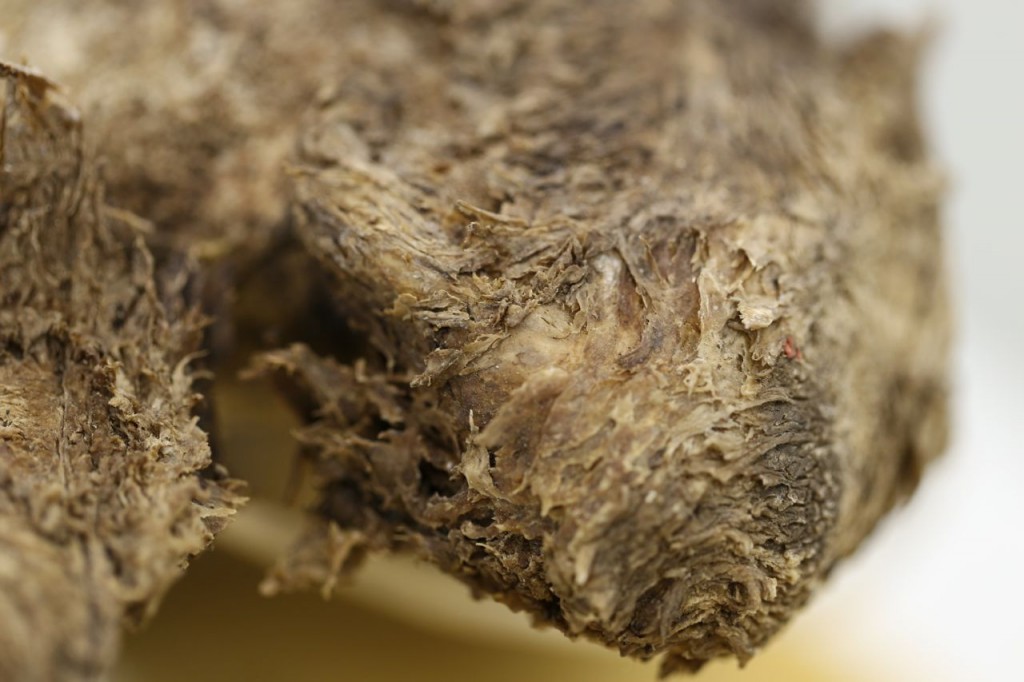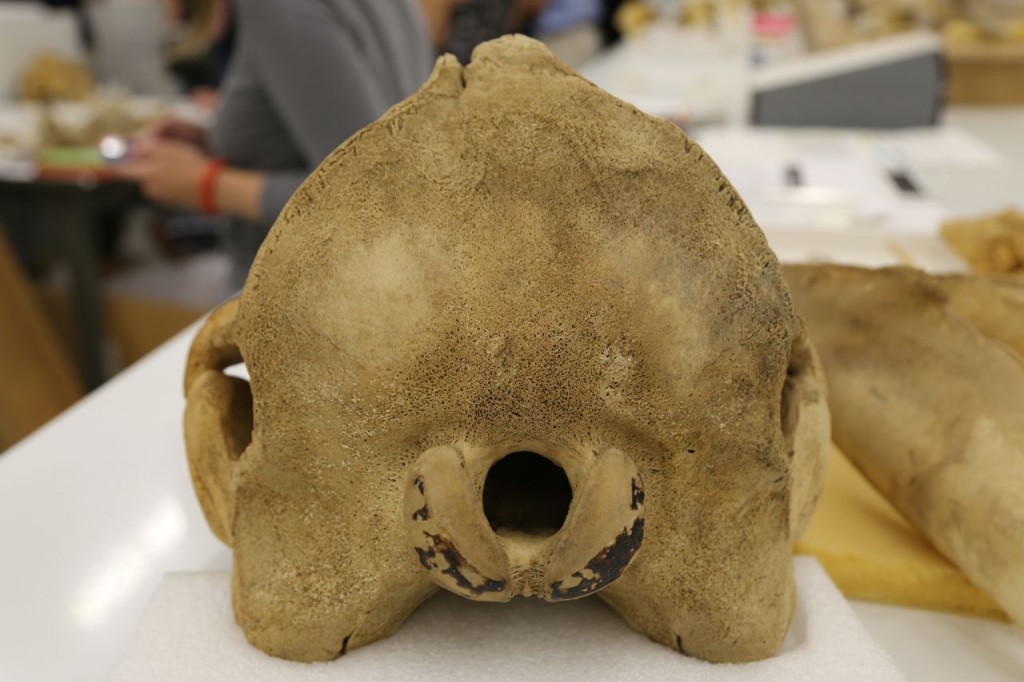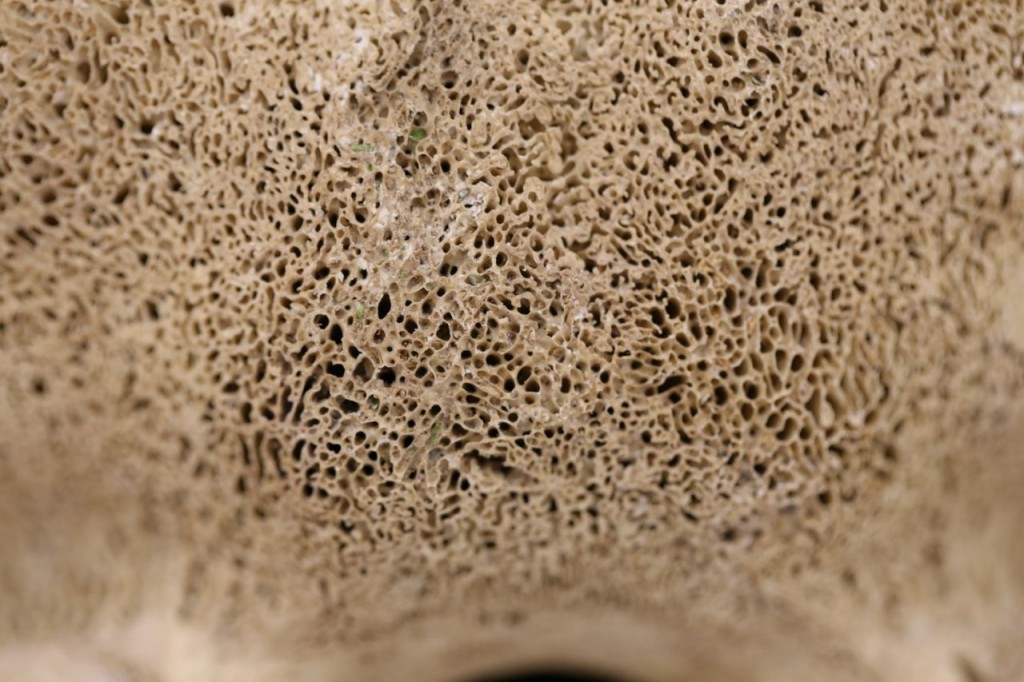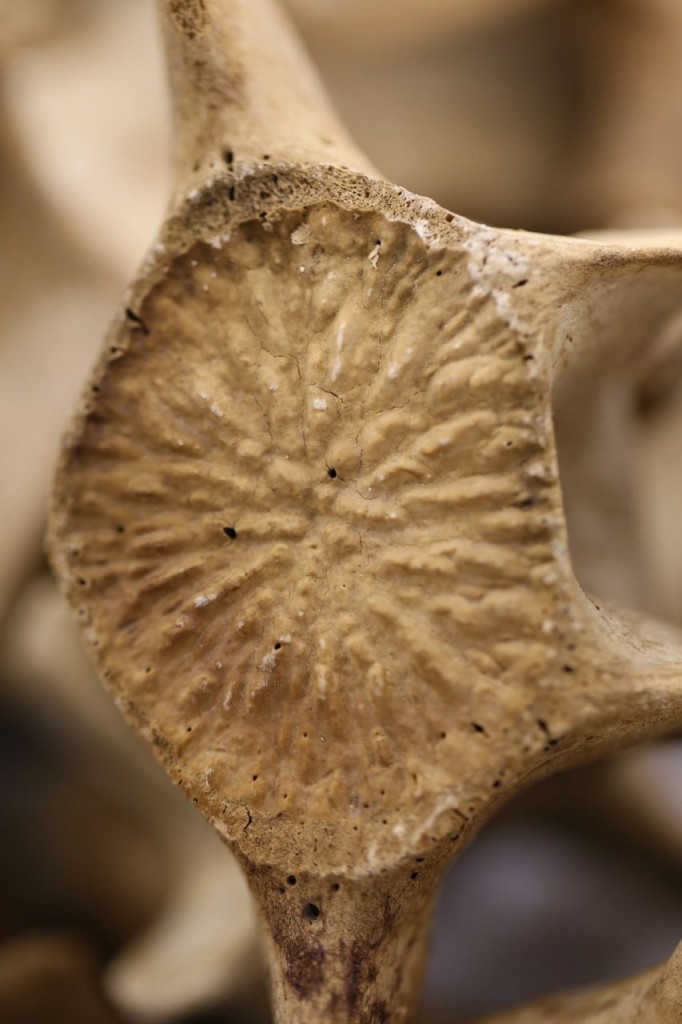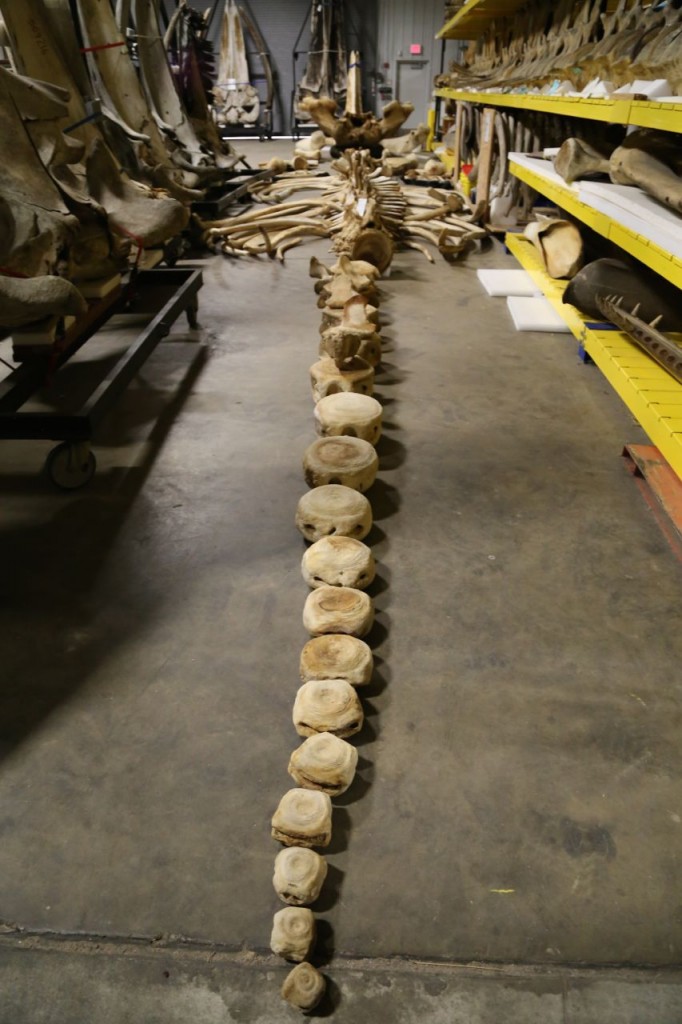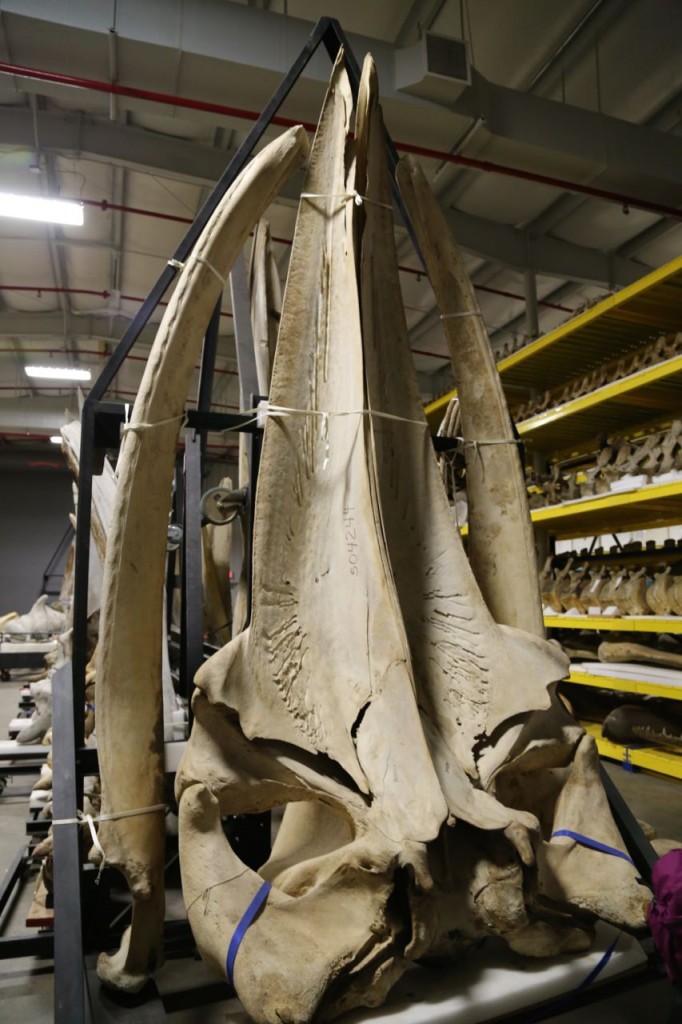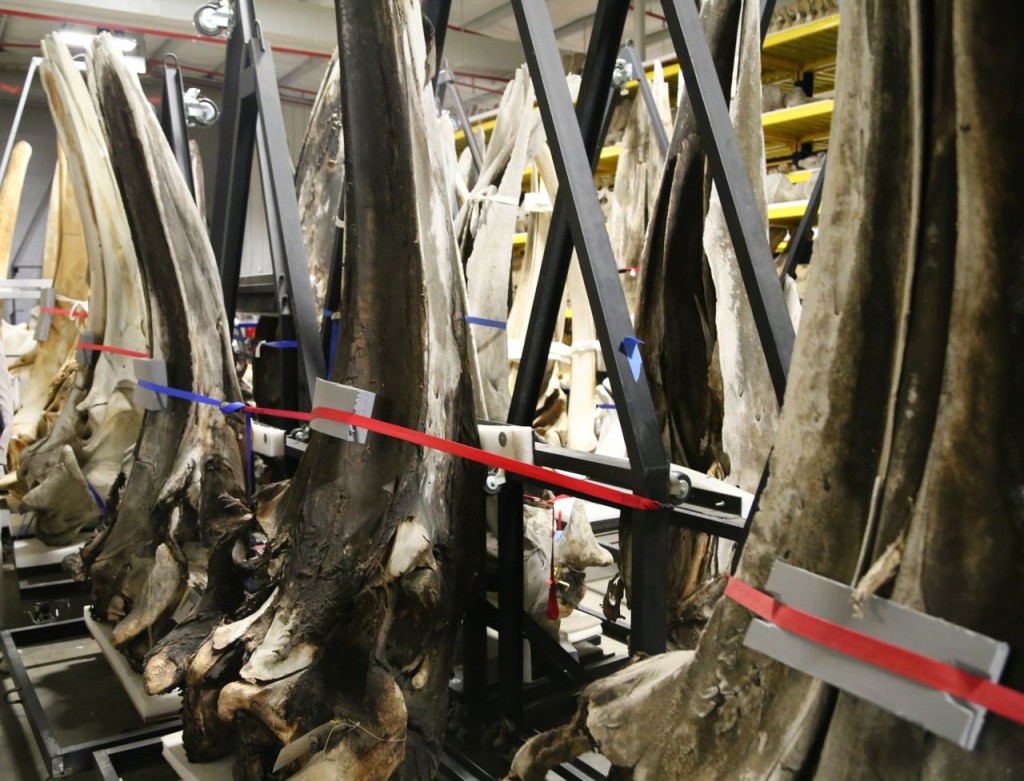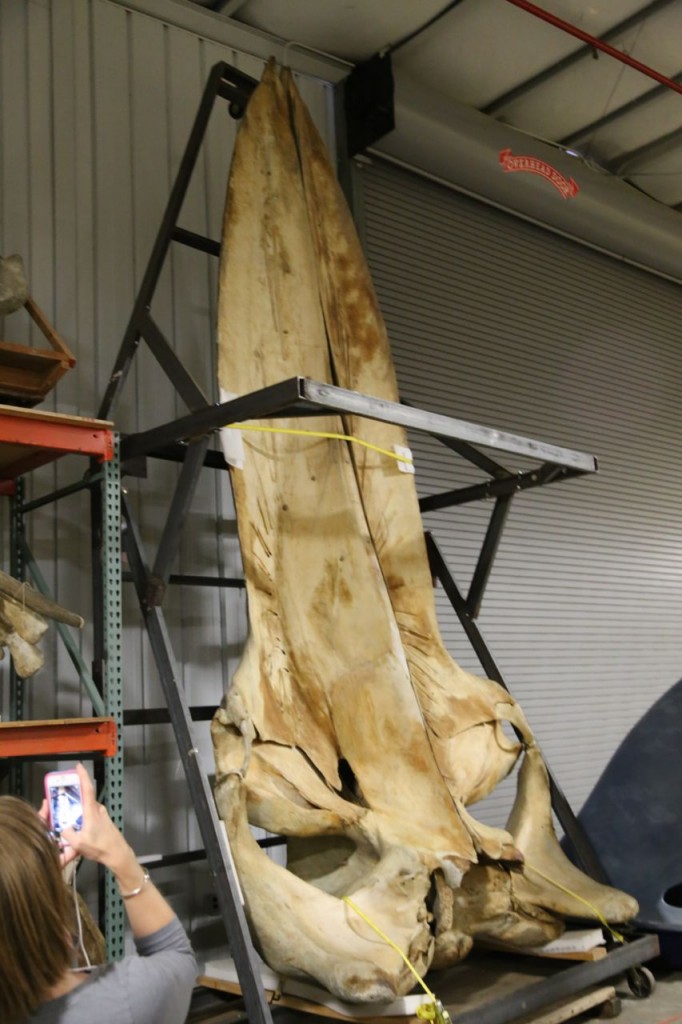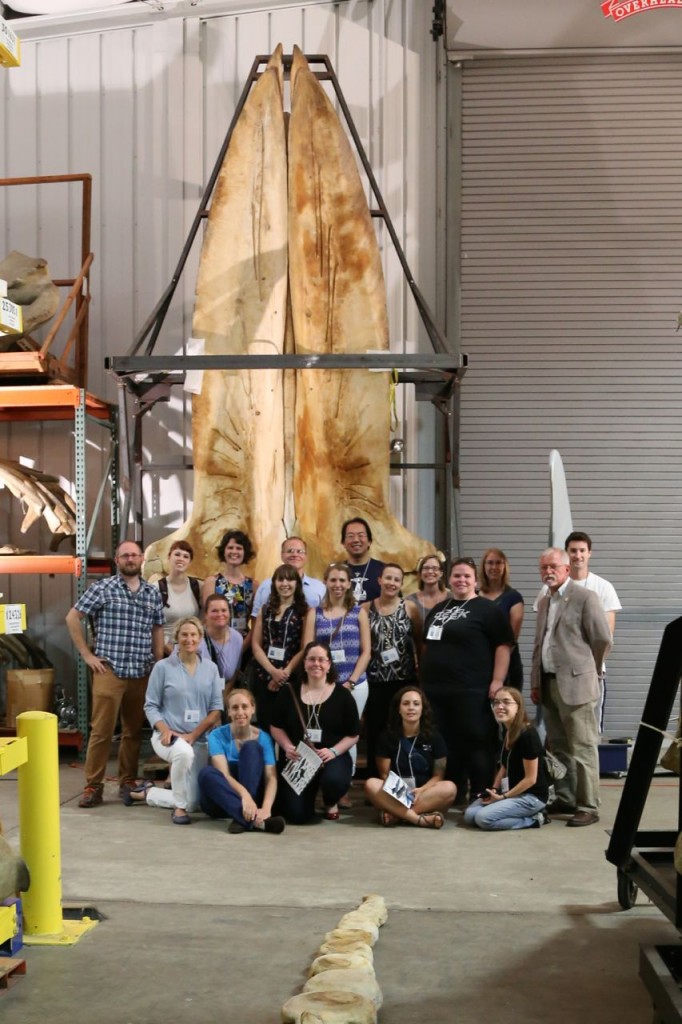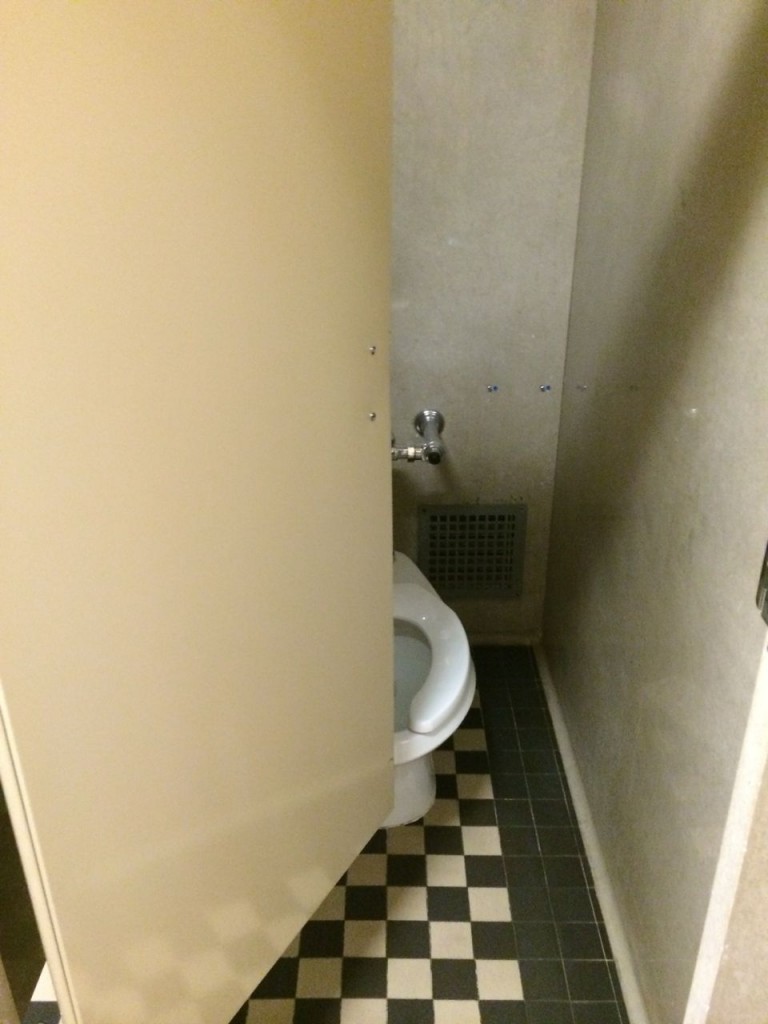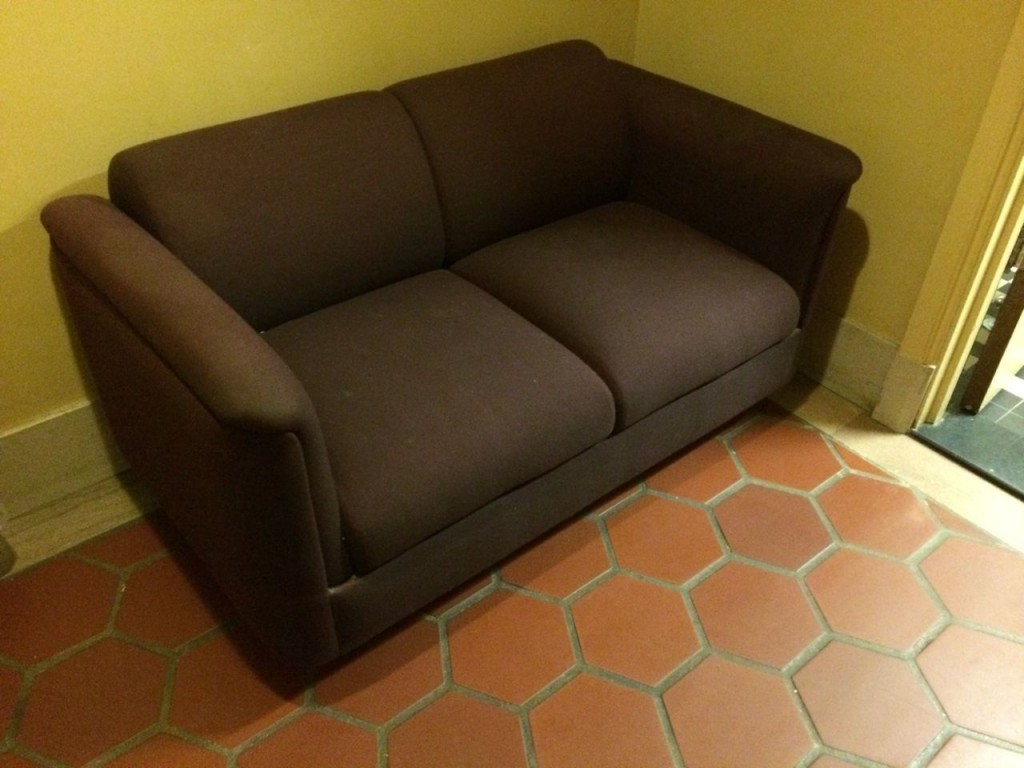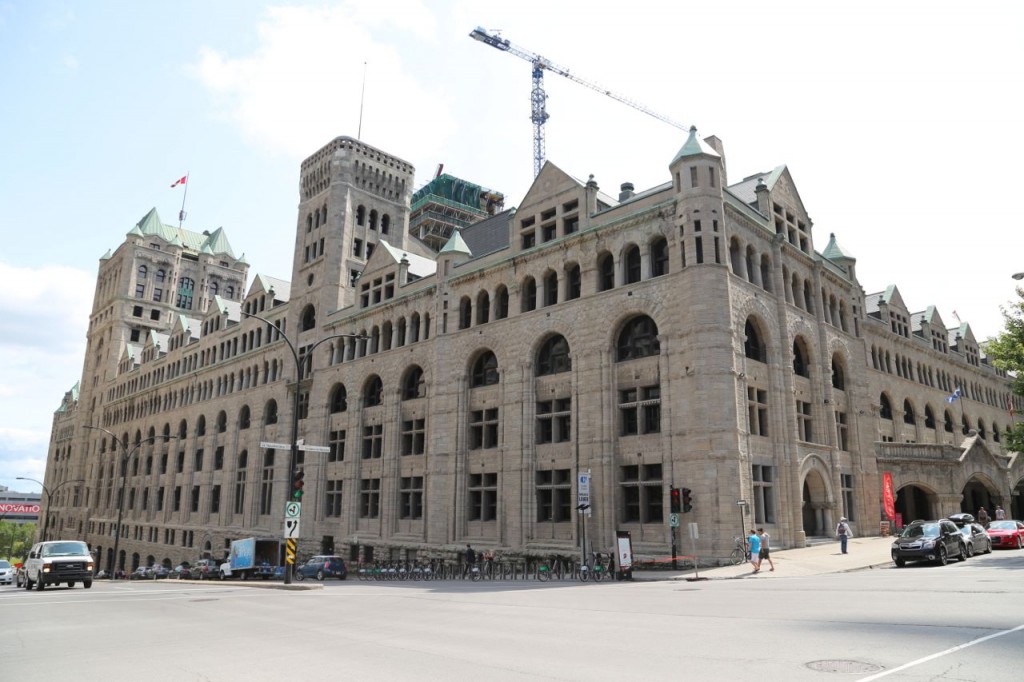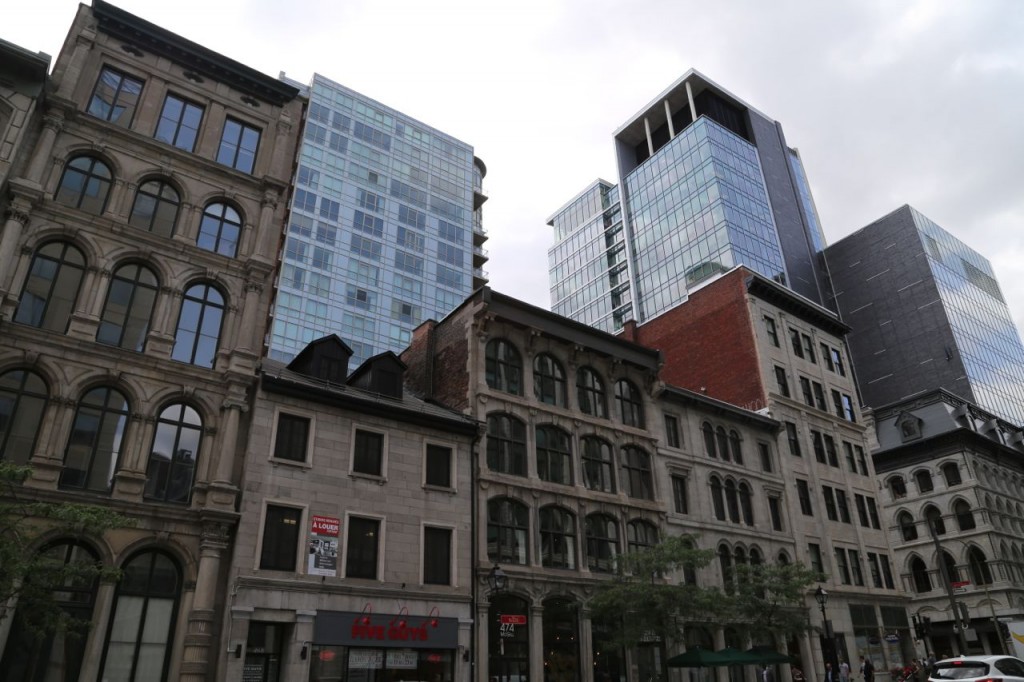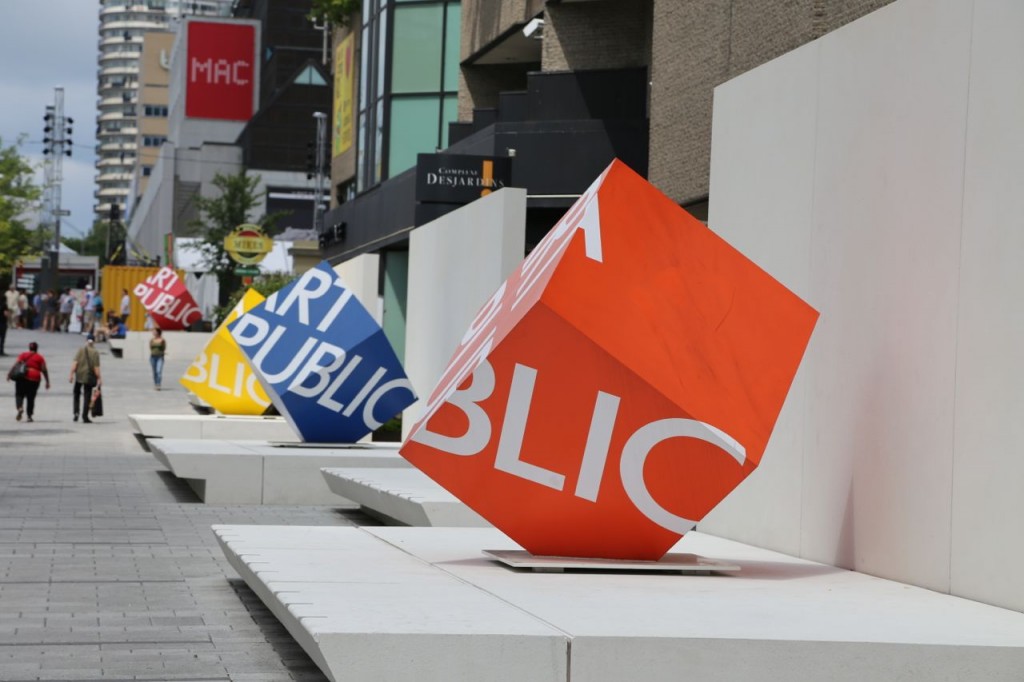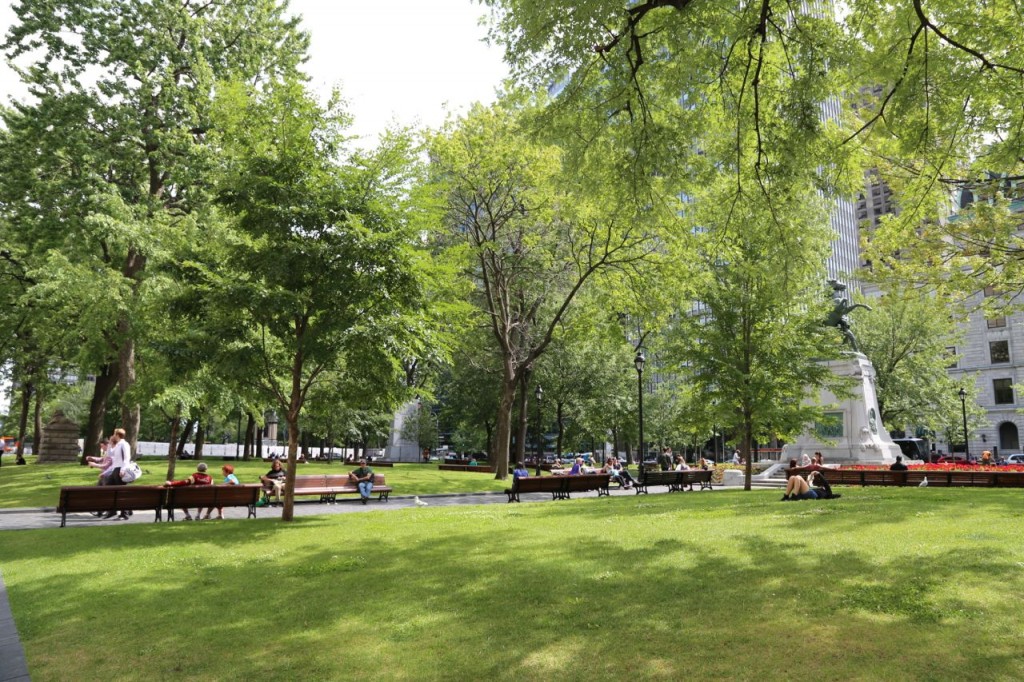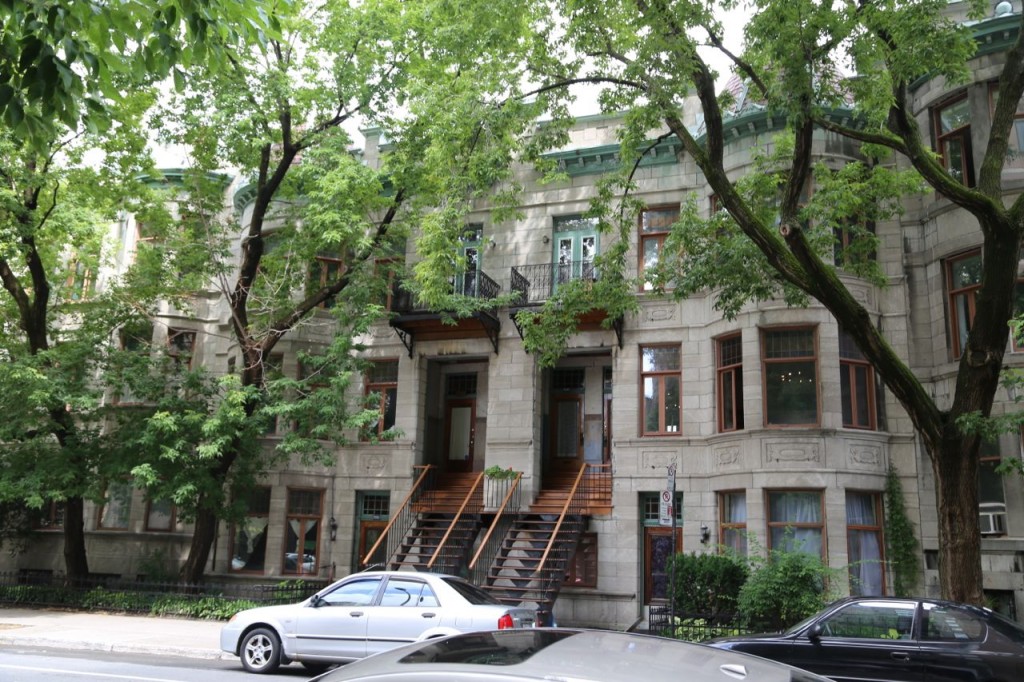I have had Feste and Orsino for over six weeks now. Last week they got neutered and finished the last of the vaccinations (until next year). They have settled in now. Orsino is still a bit skittish, but Feste is trying to be the cat that curiosity kills. Feste will also one day probably kill me by tripping me as he attaches himself to my ankles and just swarms around while I try to walk. Ferdinand really doesn’t care about the cats, but he does seem to get intimated by them sometimes. To celebrate their neutering, here are some photos of them because the internet needs more cat photos.
Author Archives: geek
Old Medical Journal Memos
I have a confession. Sometimes I am not productive as I should be because my curiosity gets the better of me. I need to look something up, and in the course of researching it, I read some other tangental tidbit, which cause me to look something else up, and then down the rabbit hole I go. Case in point was today. I have a project at work that involves a database of environmental contaminants. The short version is, these contaminants are in the database under numerous synonyms, including synonyms that are insanely obscure and uncommon, or perhaps they were common a hundred years ago, but certainly not today. All the contaminants are in the database associated with their CAS Registry Numbers, so it is clear what the chemical is. [A CAS Registry Number is like a Social Security number for a chemical. It is specific to a chemical or a specific type of mixture of chemicals.] Many of these synonyms I have never heard of before. One synonym for nitrobenzene was oil of mirbane. I had to look this one up for pure curiosity reasons. After much searching, I have yet to find out the etymology of oil of mirbane or simply the word mirbane. [@vonOberst on Twitter suggested thusly “Mirer is a candle in French. Bane is “fatal”…maybe someone tried to make a candly from nitrobenze crystals?” For the non-chemists, nitrobenzene is among other things, explosive, so a candle made from it would definitely be a fatal candle, and I find this idea disturbing and amazing. If anyone knows the etymology I would seriously love to know from where this name came.]
Anyway, in the course of searching for the origins of oil of mirbane, I came across a British Medical Journal memoranda from Jan 27, 1912 (1(2665): 183) about someone who was accidentally poisoned with it. The article didn’t get me to a better understanding of that name, but it was an interesting article, and I became interested in these old memoranda and the way they were written, diagnosis, and treatment. So then I had to read a few more in this volume, and now reading old medical journal memoranda is going to become my new hobby. They are fascinating. However, I need to share part of my favorite one from that volume, “A supposed case of heat-stroke: remarkable recovery.” This report is completely fascinating, and I would really love to know from what this patient was suffering. I have no medical training, but this does not sound like heat stroke as it has been described to me in first aid training. The case as described.
“A man, aged 53, was crossing a road during one of the hottest days of last summer, when he suddenly found himself on the ground, with a “horse’s hoof right on top of him”; this was his description of what happened. He picked himself up and ran across the road to his son, who was waiting for him on the pavement, and who brushed the dust off his clothes.He complained of no pain or discomfort of any kind, but his son took him into a chemist’s shop, where he was given a dose of sal-volatile. He then went home by train (a distance of eight miles), sat down and made a good tea, feeling quite well all the time. Towards the end of this meal he became a “little queer,” went upstairs and felt very ill indeed, and remembered nothing afterwards. This attack came on about five hours after he had fallen down in the road.”
Read the whole article. It is not long and is truly fascinating. Included is the information that the doctor examined him and found no injury, which kind of calls into the question the idea of a horse hoof on him. I am not sure what I love the most about this article, but the pure Britishness of it is definitely part of it. I adore the details that the son helped brush dust off the man, which makes me wonder what the son was doing when the man fell down in the road or whatever he did. Also, of course the man went home and made a good tea. The man recovered after his attack over the three days, then he got worse. Part of the treatment that was given to him when he fell unconscious was withdrawal of cerebrospinal fluid. It never states why. The patient got better after that, then got worse, then they removed more cerebrospinal fluid, and he got better again. Evidently his “heat stroke” was cured by removing cerebrospinal fluid. Is this still something done for heat stroke? How exactly does removing cerebrospinal fluid help heat stroke or anything? I actually would like to know why this was done, or what the theory was back then (or now?!).
Thus now, I reading these old medical memoranda is going to be my new thing during my free time. The article before the heat stroke memoranda describes two children suffering from tetanus infections who were treated unsuccessfully with magnesium sulfate injected into their cerebrospinal fluid. One of the children was also given strychnine. This makes me all the more thankful for tetanus vaccines, even if they do hurt.
Twitter, Scientists, and Arbitrary Lists
Fairly often some website produces a list of people you should follow on Twitter. Yesterday it was Science with their The top 50 science stars of Twitter. This list, like so many before, is arbitrary, lacks diversity, and is based on, in my opinion, stupid metrics. Many people on Twitter have noted that this list is overwhelmingly white and male. They based the star status on follower count and a completely ridiculous metric called the Kardashian Index,” or K-index, which is about as ridiculous as the people for which it is named. The list also lacks diversity from a field of study standpoint. Also, some people have noted that other “star” Twitter scientists were left off, which according to the article’s author was because they restricted the list to Ph.D.s. I think that is a stupid restriction, and I am a Ph.D. Furthermore, someone noted that one of the accounts on the list is a bot, and another one are simply tweets by the person’s PR person.
I follow a few people on the list, so obviously I think some of them worth following. However, if you are trying to be more active on Twitter and interact with people, most (but not all) of these people are not the people to follow. The more followers you have, the more difficult it is to interact with them, assuming you are even trying. Don’t get me wrong, some of the people on this and other lists do tweet great information. However, if your goal on Twitter is to network, make friends, learn things, and sometimes get help or advice, then “stars” are not to the people to follow. I have made friends on Twitter, including friends I have later met in person. I have also networked and gotten great advice on work and personal projects. I see tweets on an almost daily basis of scientists helping each other out via tweets. Someone will tweet out asking for advice on some lab protocol or best manner to collect a certain type of sample, and others will reply with advice. Many people, including myself, tweet out a photo of something we are trying to identify. If I know people who know things in that field, I’ll tag them, and via crowdsourcing, we can normally identify the life form or object. That sort of fun learning experience is through interactions with us non Twitter stars.
If you want to use Twitter for things like that, you need to seek out people in your field or fields you are interested in, or just people who tweet out interesting things. Ignore the number of followers they have, and look at what they tweet. The less followers they have, the more likely they will follow you and interact with you. There are wonderful people with tons of followers that are worth following on Twitter, and some of them do a good job of interacting, and there are some worth following even if they don’t interact. I just mean that you can get a lot more out of Twitter if you interact with people. That leads to the obvious question, how do you find these people? Look for Twitter lists such Women Tweet Science Too which was created to in reaction to the lack of women on the above mentioned Nature list. Many people have already created tons of great public lists like this for people in various fields. Follow people on these, and then once you find people you really like on Twitter, see who they follow and with whom they interact.
Furthermore, if you want my personal opinion on how to get people to follow you, which you can take or leave, then see below.
1. Tweet. That may seem obvious, but it you don’t tweet, people are not going to follow you. Tweet links to articles you find interesting. Tweet things you find funny. Tweet about what you are working on, even if you think it is uninteresting or no one will understand what you are doing. Your fellow nerds and geeks will understand and be interested. Even if no one if following you, you have to get started somehow.
2. Have a avatar photo. Having one that represents something about you, even if it is not a photo of you. I rarely follow Twitter eggs.
3. Have a Twitter bio. When someone follows me, I look at their bio. Do they work in a field interesting to me? Do they say something funny? Do they have interests similar to me?
4. Interact with people. Even if a person doesn’t follow you, if they ask a question you can help with, reply to them. Give your input.
Decipher This Warning Sign
I saw this warning sign today by creek near my office. I know what the sign is trying to warn people against, but the drawings struck me as a little weird. I tweeted the photo out with my interpretation of two of the drawings, and then got some more hilarious interpretations. I have listed them below. Submit a comment with your interpretation if you can do better.
1. Person standing above water drinking from glass:
Me: Humans, no standing on top of water.
@Ilovebraaains: No standing on top of bacon
@marginfades: and yet, no admonition for walking on water.
2. Person leaning over water with huge water droplets.
@MGhydro: No crying in the water.
@MGhydro: No crying over bacon! Unless they’re tears of joy!
@fMRI_guy: Caution: Windy. While you are washing your face, your towel may just fly away & you’ll be naked
3. Person swimming
@Swansontea: No punching water while in the prone position
4. Person washing car
@MGhydro: No throwing dog poop over cars.
@fMRI_guy: Don’t use your car as a barrier in a snowball fight. That’s just rude.
5. Dog running above water
Me: Dogs, no swimming on top of the water
6. Hand above water with bottle and banana peel (why is it always a banana peel?)
@MGhydro: No picking up trash from the water.
@fMRI_guy: Also, don’t pick up bottle messages.
Me: No sending messages in bottles
@lockwooddewitt: Garbage and bacon: Gotta keep’em separated
Introducing Feste and Orsino
Last week I adopted two kittens from a woman who rescues cats from the streets. Both these cats came from the same area, an area where people seem to dump cats. They are both fairly young and thus able to be domesticated. Feste, the gray one is rather adventurous, always trying to get into everything and explore everywhere. He is very friendly and will no doubt trip me one of these days by his constant circling of my feet. Orsino,the brown one is much shyer. He is slowly letting me approach him but is still rather skittish. As to the names I gave them, I name all my pets after Shakespeare characters. Feste and Orsino are from Twelfth Night. Feste the character is a clown or fool, and Feste the cat is a total clown. Orsino the character is a duke, and it just seemed appropriate to name Orsino the cat that.
Sackler: Yarn Bombed and Perspectives
The Sackler Gallery of the Smithsonian Institute was yarn bombed to celebrate the opening of Perspectives: Chiharu Shiota. I actually liked the yarn bombing more, but I am not a person you should ever consult about art. Both the yarn bombing and Perspectives clearly took a great deal of time and work to complete. Perspectives was interesting and thought provoking. It featured shoes tied to string, and the strings were then tied together. Most of the shoes featured notes written by the people who donated them as to why the shoe was important to them. Some of the notes can be read on the Sackler Gallery’s website. The yarn bombing was just awesomely fun and decorative.
Big Maze
I went with some friends to see the Big Maze at the National Building Museum this weekend. The maze is giant, square, wood and plywood structure that is highest at the outer corners, about 18 feet. The walls then slope downward towards the center. Like any good maze, there are all these twists, turns, and dead ends. There is one incredibly long dead end, but most of the turns are much shorter. The maze also has an incredible effect of turning everyone, ok me, into a five year old upon entering. It is really fun to go through it.
The structure is also interesting as placed inside the museum. The museum’s structure is what I would call a classical, somewhat Roman design. It kind of felt like the maze was in the Coliseum, and Roman spectators should be standing on the second and third floor watching gladiators go through the maze. Perhaps I just have a weird imagination.
NMNH Cetacean Collection
Friday I got the incredible opportunity to take a behind the scenes tour of Smithsonian Institute’s National Museum of Natural History. They let a small group of people take a tour of the cetacean collection stored in an offsite location. NMNH has the largest marine mammal collection in the world, and it is awesome. [More properly said, the people of the USA have this amazing collection, and NMNH has been endowed to take care of it.] Most of their specimens are not on display to the public but are stored offsite and in a manner where they can easily be studied. Charley Potter and Nick Pyenson, scientists at NMNH, showed us many of the cetacean specimens, talked about what they do, and answered our questions. I want to thank NMNH and their staff, especially Hilary-Morgan Watt, Katie Sabella, and Trish Mace, for letting us take this amazing tour. Also, thank you to Steve Thornton, a visiting researcher, who gave us a detailed description of how dolphins use their nasal passages to make noises, which at least in my humble opinion is fascinatingly and amazingly complicated. Also, I would like to thank them for having their specimen collection online. I missed some of the species names of specimens we looked at, but because the specimen number was visible in some of my photos, I was able to look up information about the specimen through their website. This is an incredible resource.
They had two bottlenose dolphin skulls out sitting side by side. One was from a coastal bottlenose dolphin, and one was from an offshore one. When sitting side by side, it was easy to see how much smaller the coastal one was than the offshore one. The morphological differences relate to their different eating habits, as the offshore ones feed on larger animals.
They had part of a forelimb bone from a right whale. The fungal like growth on it was bone that had grown around something on which it had been entangled.
There was a drawer filled with narwhal tusks. Only males have the tusks, and most twist in the same direction. Most have a polished end. Up close they really pretty and have interesting texturing. They are hollow with varying diameters.
In the same cabinet as the narwhal tusks are pieces of baleen. Baleen can be used to distinguish different types of whales and is fast growing like hair. Examining the baleen can give information about the trophic feeding level of the whale and can give up to 40 years worth of information on the whale and water conditions, by analyzing it along different points along its length. Before plastics and fiberglass was invented, baleen was split into rods and used in such things as umbrella skeletons, of which they have one.
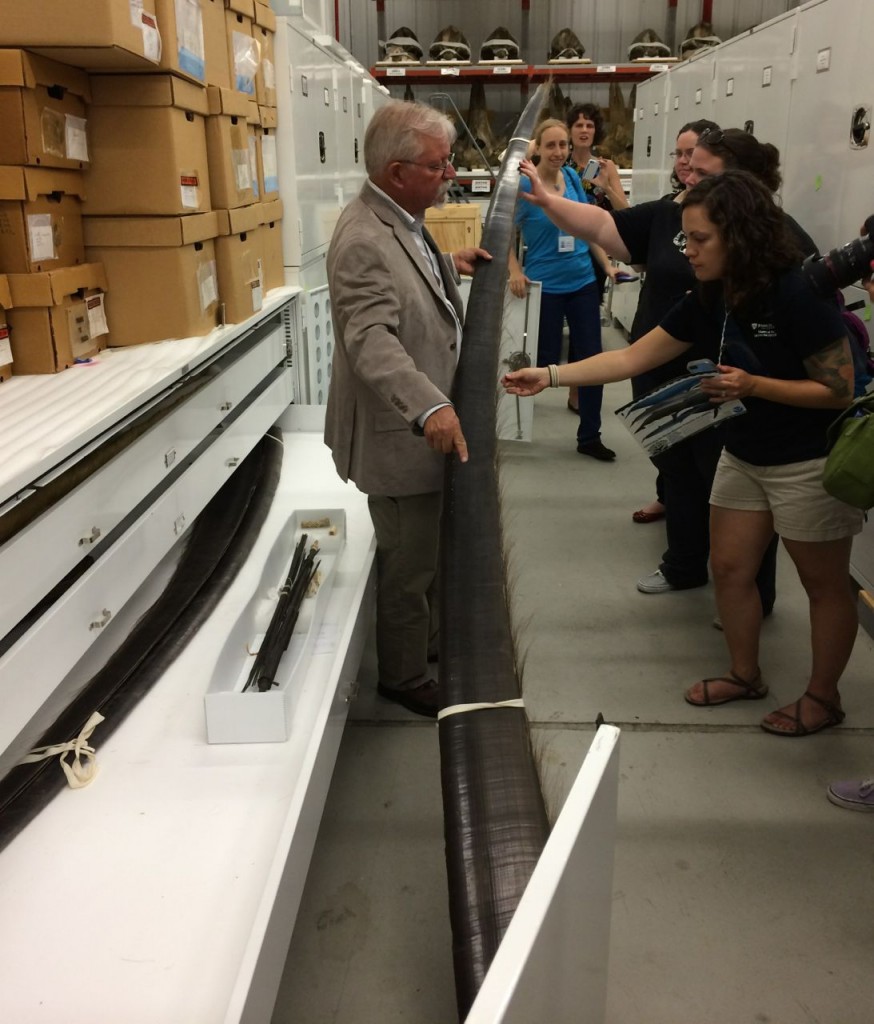
Baleen, Charley Potter is holding one piece. In box in drawer is an umbrella skeleton made from baleen.
They have an amazing collection of skulls. There are skulls upon skulls filling up shelves. The skulls are placed side by side by species and thus can compared easily. There were numerous Baird’s beaked whale skulls that had various shades of white and off white depending on the conditions in which they were found.
The Blainville’s beaked whale skulls were really interesting. The males have two giant, erupted, modified teeth on their jaw, which are used for combat. The beaked whale skulls are the only skulls which can be sexed. The males have very dense skulls and thus are quite heavy when compared to the female skulls that were approximately the same size. They let us life each one by the beak, and the difference was really obvious.
They were still processing some specimens. There was a pilot whale skull out that had a lot dried soft tissue attached to it.
There was another skull sitting next to the pilot whale skull that was some type of beaked whale. I was completely fascinated by the porousness of the bone.
There was also a bag full of vertebrae. I don’t know what species it was from, but the pattern on the vertebrae was really interesting.
In an adjoining building they had the bones from the really large whales. The building was complete with a giant garage type door through which to bring the specimens. There were shelves filled entire vertebral columns from various whales. On the floor was the skeleton of a right whale.
All the skulls were propped up on metal carts. They were placed vertical for easy study. Because of the way a Sei whale skull was placed vertical, the radiating lines on the palette could be easily seen. All baleen whales have these lines, and the lines house blood vessels and nerves that feed the baleen.
There were several gray whale skulls all sitting next to each other. The skulls were collected from various years and includes one from pre-1850s. The genetic makeup of the whales before and after the whaling industry can be compared, and it will give information about the genetic bottleneck that occurred due to whaling and the diminished population.
They also had a blue whale jaw bone that is not only the largest blue whale jaw bone ever collected, it is also the largest single bone ever collected from any creature that has lived on Earth.
Finally there was a North Atlantic blue whale skull, which was just amazing to view. It completed dwarfed us when we gathered for a group photo in front of it.
Bad Restroom Design Example
Some time ago, I wrote about female public restroom design basics. I am so tired of walking into badly designed female restrooms, and I wanted to give a primer to what women in need in a public restroom. We don’t need fancy. We need functional. Based on the comments to my post and also one of the most hilarious Twitter discussions I have ever had, men’s restrooms are badly designed also.
Last month one day, I was working in an office building that was not the one in which I normally work. It was an older building. I won’t say which office building it was, but it was in Washington, D.C. It was the perfect example of bad public restroom design. It was the perfect example of not updating elements that could be easily updated. Thus, of course, I had to take photos and share with everyone why it is a perfect example of bad restroom design.
First, it had toilet stalls so short, a woman has to either stand on the toilet or squeezed in between the toilet and the stall wall to close the door. I still don’t understand how the original designers just can’t understand door swing distance and the area of a human footprint needed to be in stall length calculations.
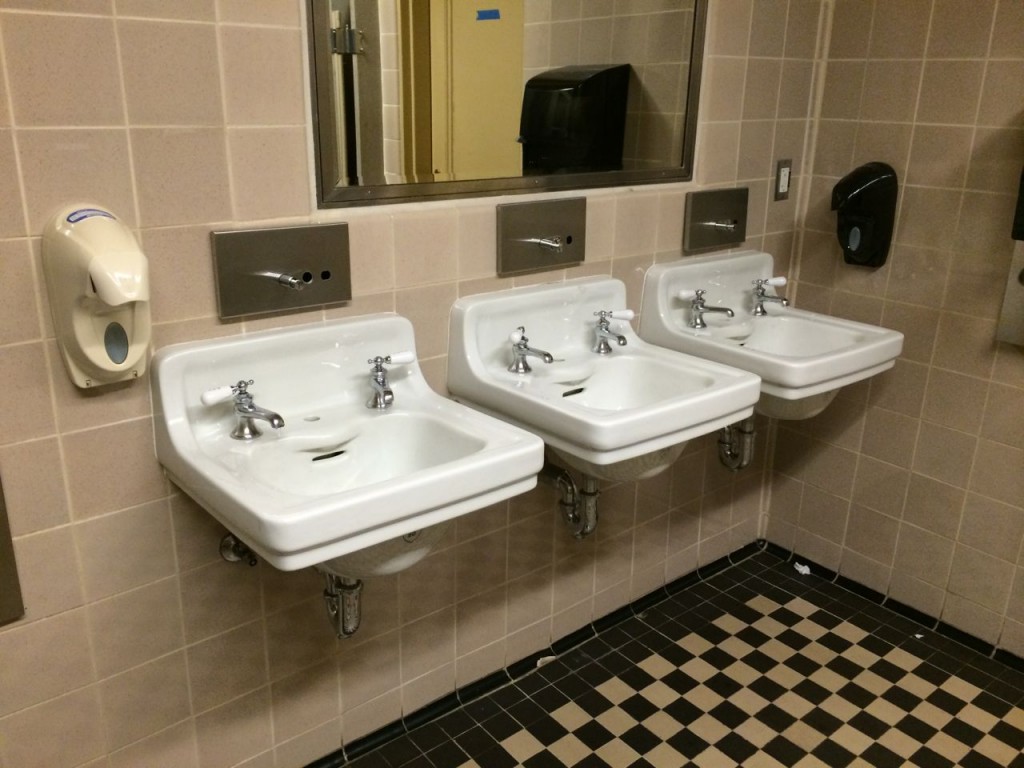
The sinks: 3 sinks with separate hot and cold water faucets and 2 working soap dispensers at the ends
Then it had three sinks with only two soap dispensers, both of which were on the far ends of the sink areas. Thus, a person who uses the middle sink needs to either go to the end or reach across another sink to get soap. In defense of the original design, each sink did originally have a soap dispenser above each, but those are now non-functional. Instead of replacing the non-functional soap dispensers, they just put new ones at the end. It should be noted that by either changing the mirror or finding a smaller soap dispenser, the middle sink could have its own soap dispenser. Thus, the renovators of this bathroom do not get an excuse for the soap dispenser stupidness.
Next, also shown in the above photo, there are separate cold and hot water faucets. I am not sure if separate faucets originated before mixing valves were created, but that is the only reason I can think for their existence. However mixing valves exist now, and thus there is no point to the continued existence of separate hot and cold water faucets in a public restroom sink where a person is never going to be filling the sink with water to then wash their hands in the water filled sink. While it would obviously require taking out the sink and faucets, to change the plumbing to include a mixing valve, it could be done. Depending on the piping, it is possible it would require taking out some tile to change the plumbing, but it could be done, and it is not a massive renovation, and it would make the sinks so much more functional.
Finally, the restroom had a couch. Old buildings always seem to have couches in the female restrooms. Because women often get the vapors and need a lie down while we clutch our pearls until some savior arrives with smelling salts. Or something like that. Could you lie down on most of these couches? No, they are generally love seats. Would I lie down on any of these couches? No, I would never even touch most of these couches. But it fills the space, which seems to be only point of these couches.
Montreal
While we spent a good portion of our Montreal visit in Old Montreal, we did spend some time wandering around other parts of the city. (Also, see previous Parc du Mont-Royal post.) The Montreal Plateau could probably be considered the original suburbs and has beautiful townhouses and various ethnic areas. Downtown (Centre-Ville) has a lovely mix of old and new buildings and some nice parks that give much needed green space.

